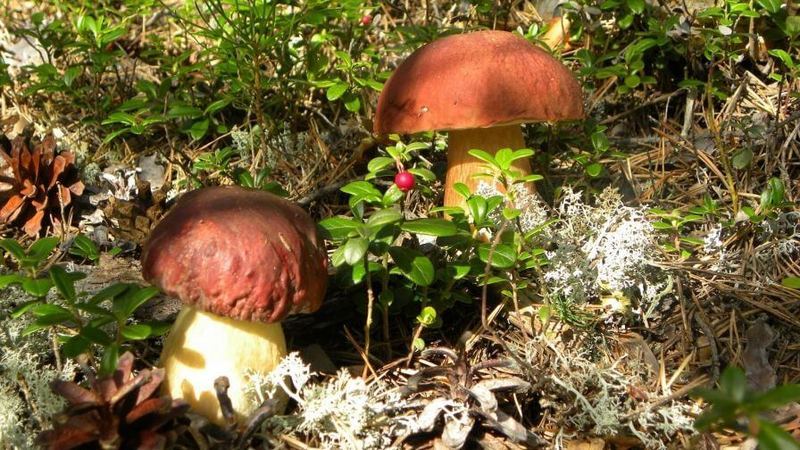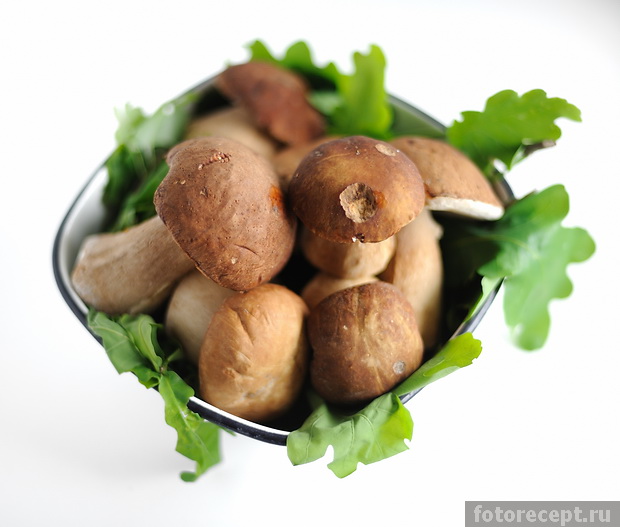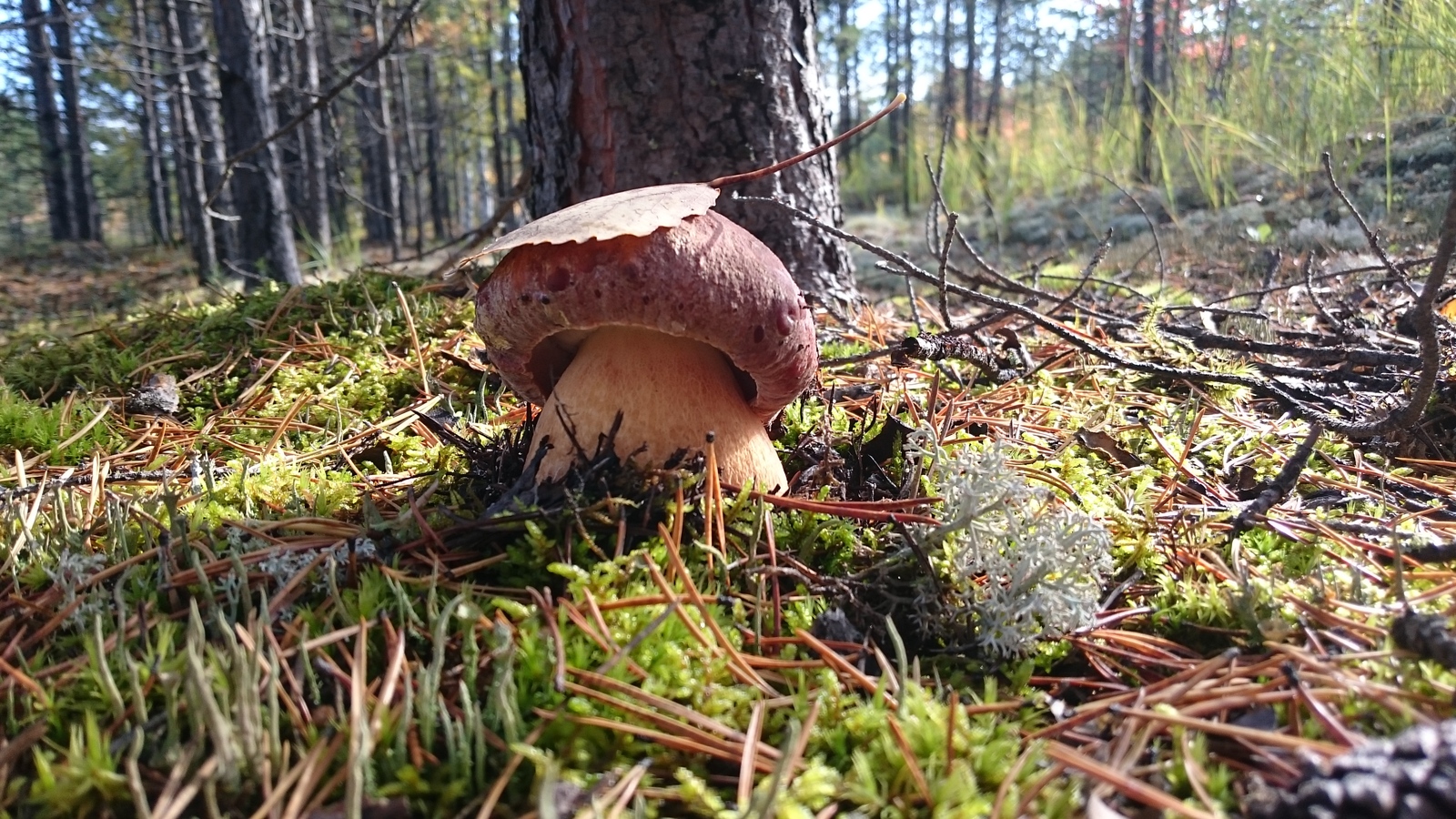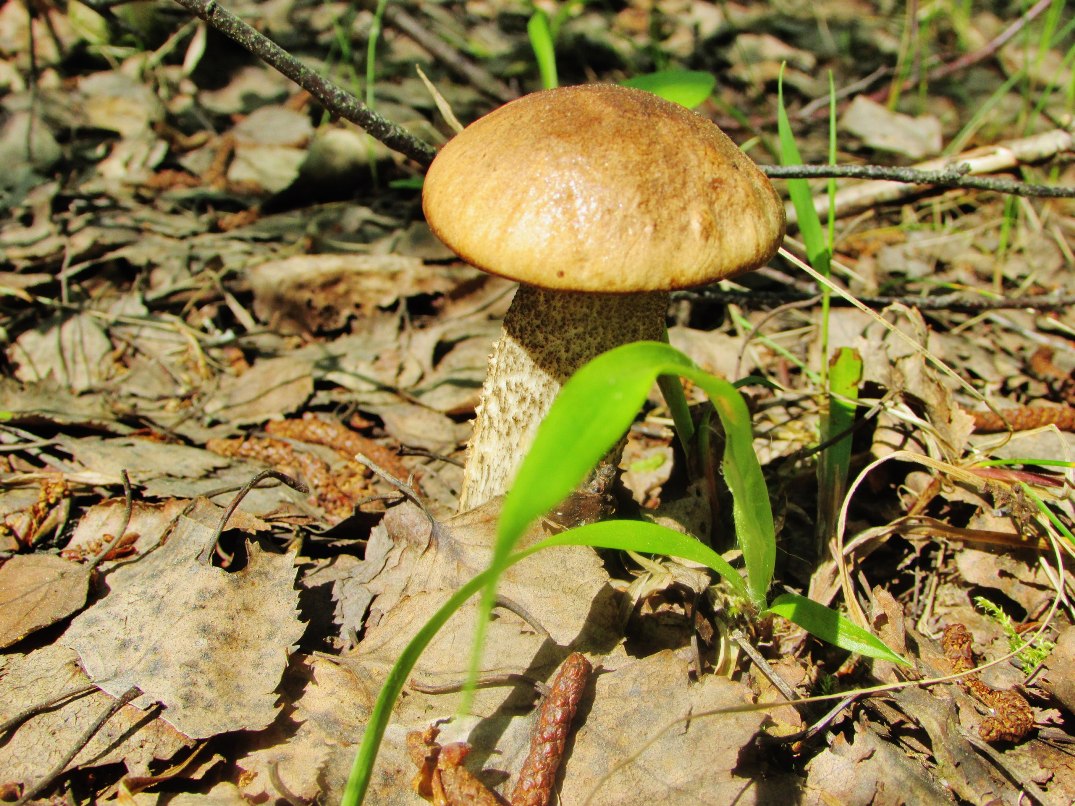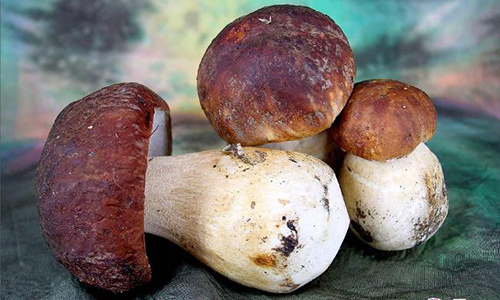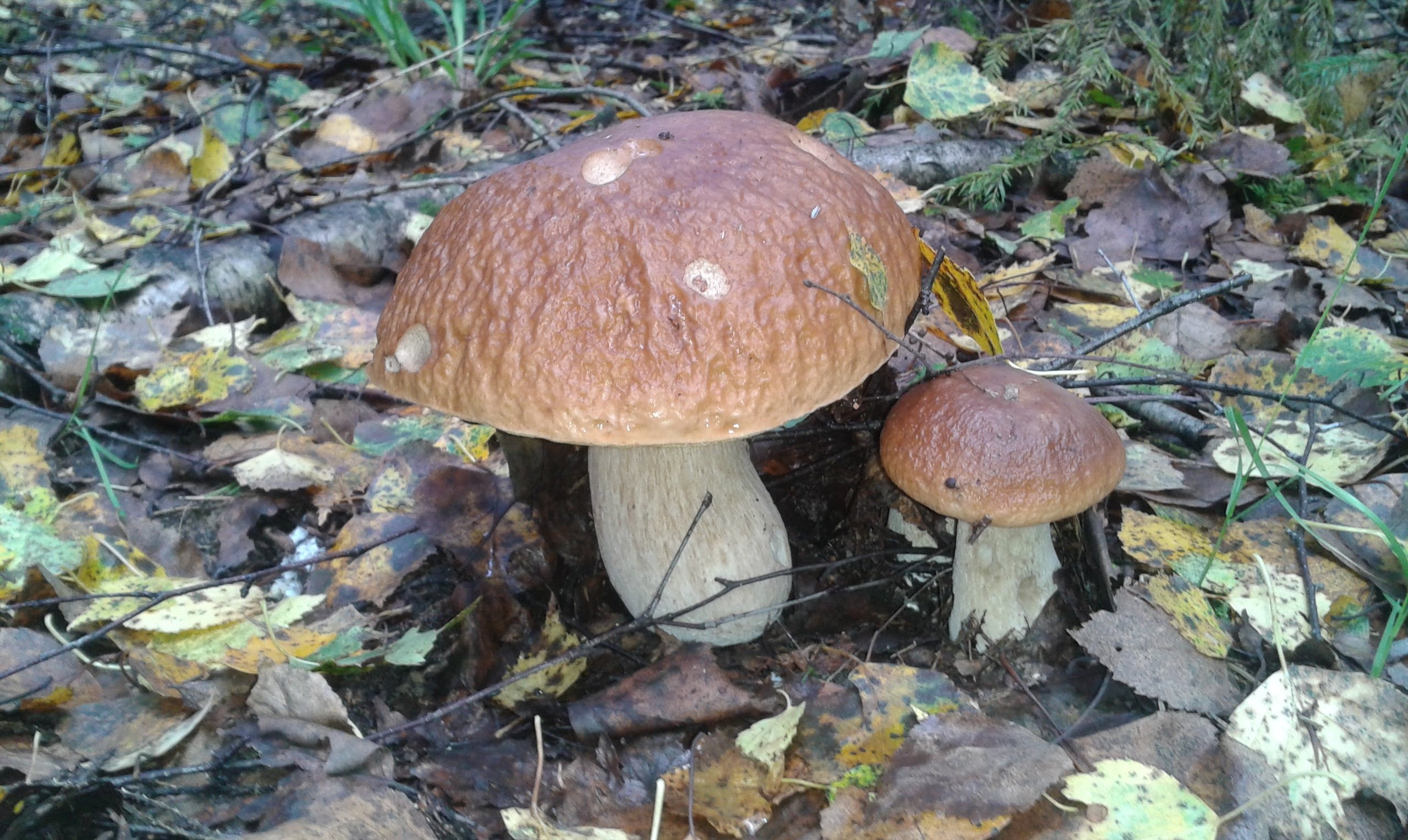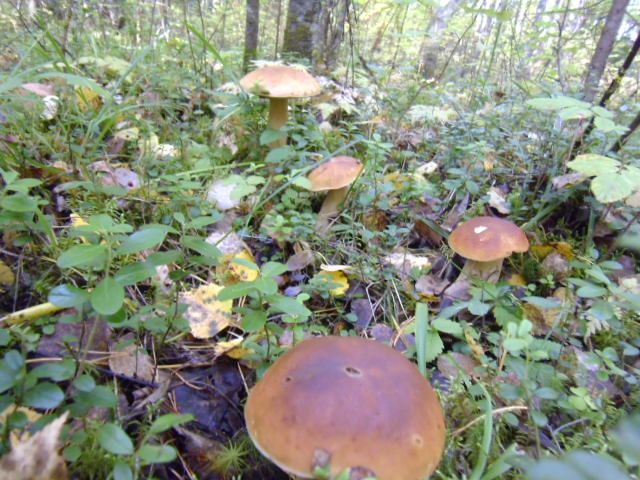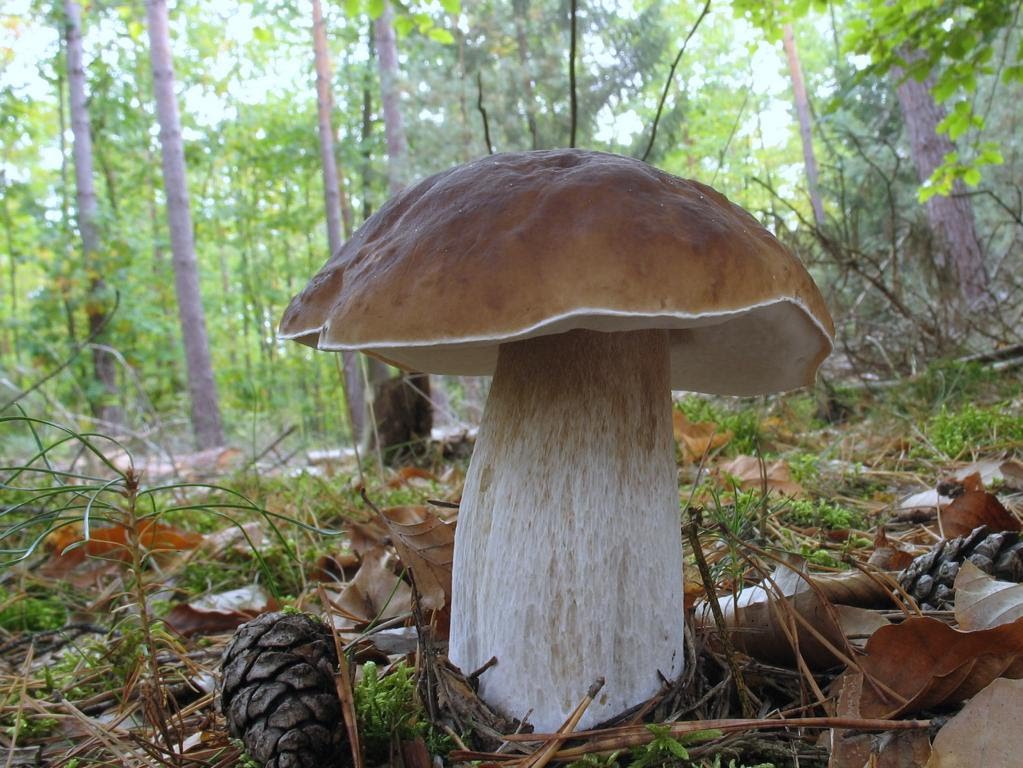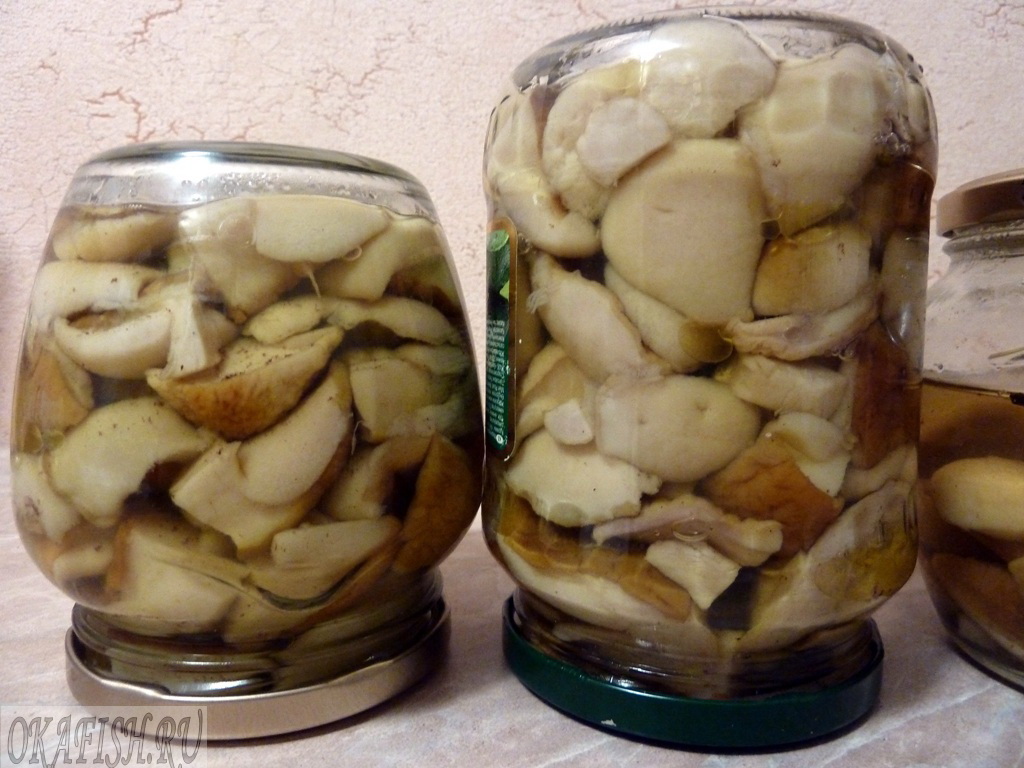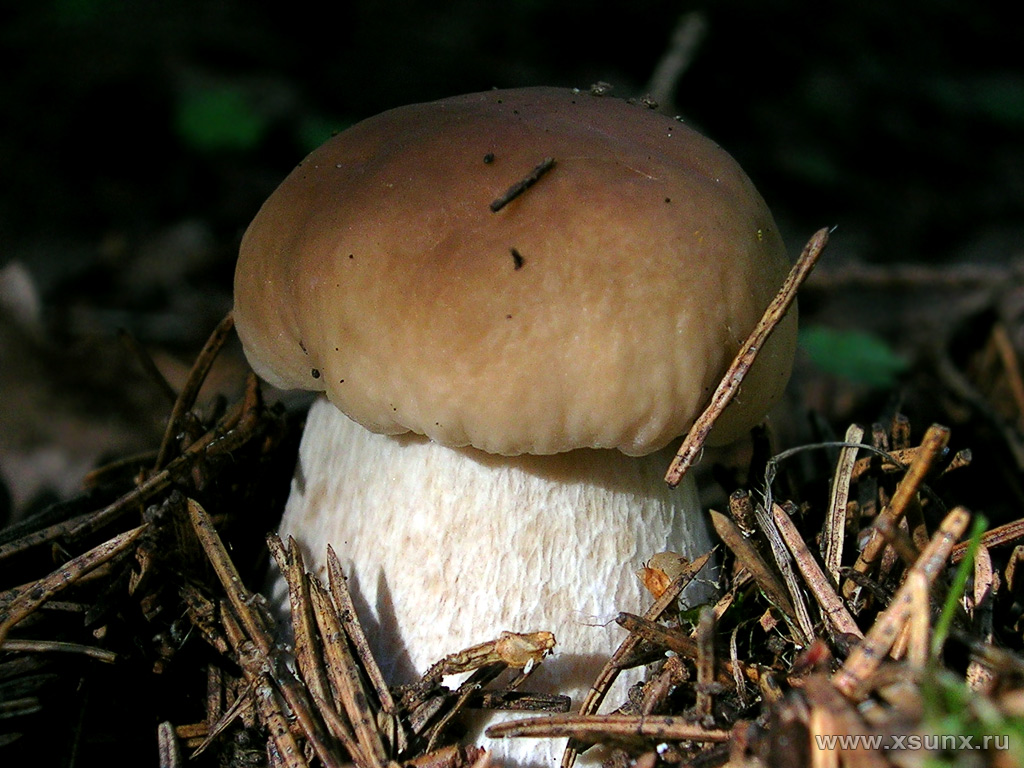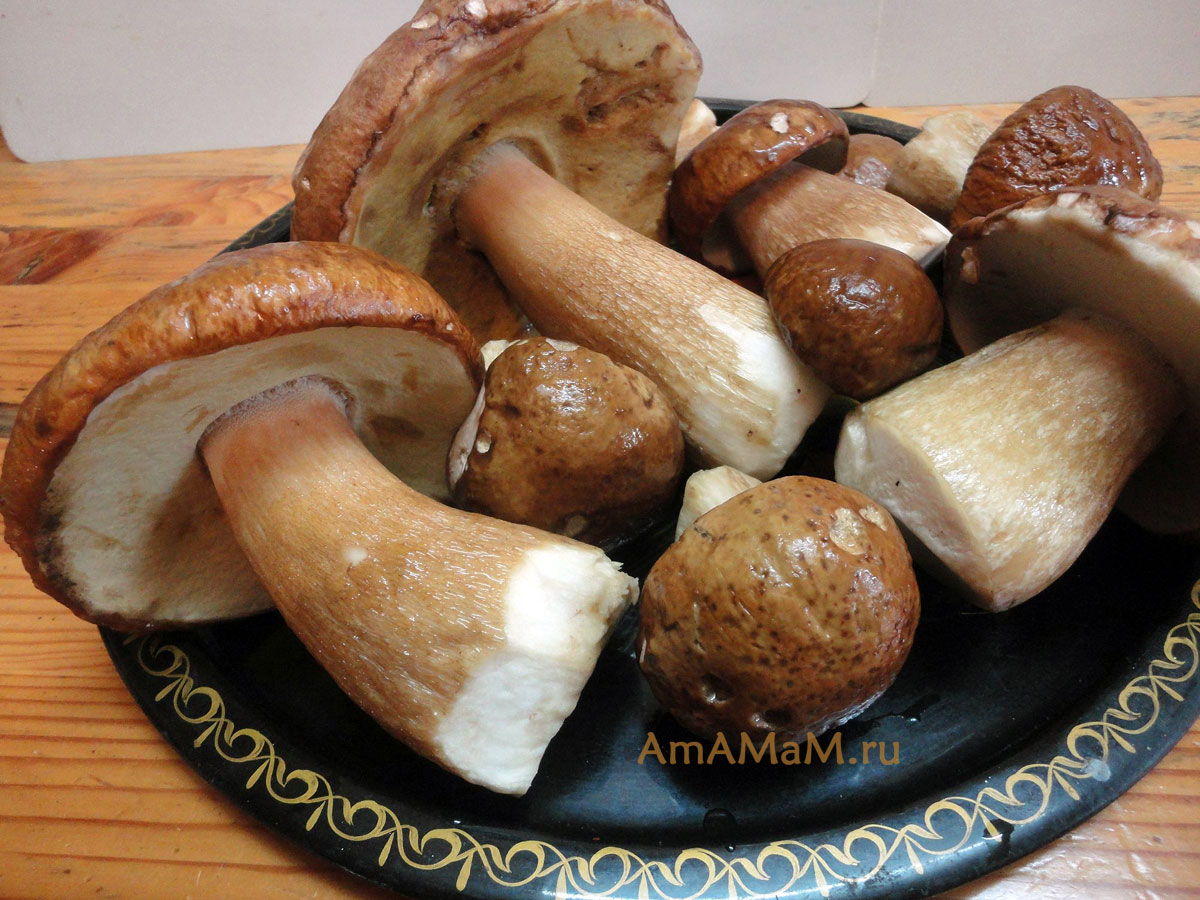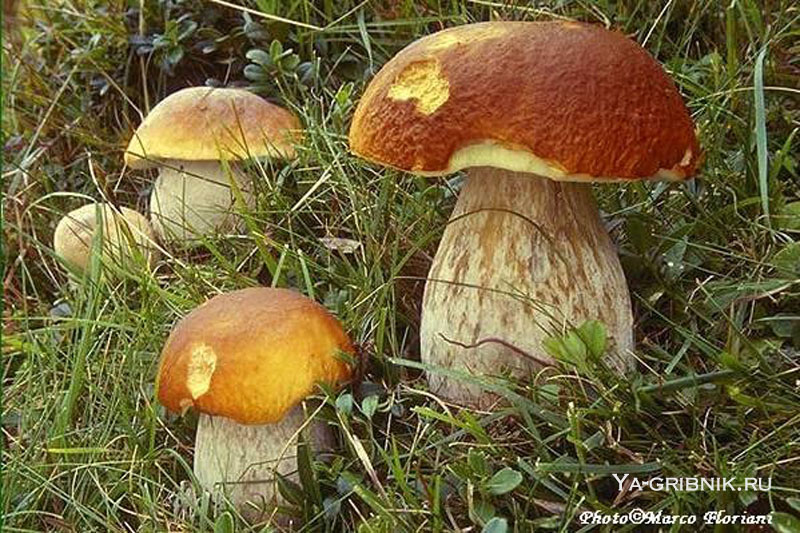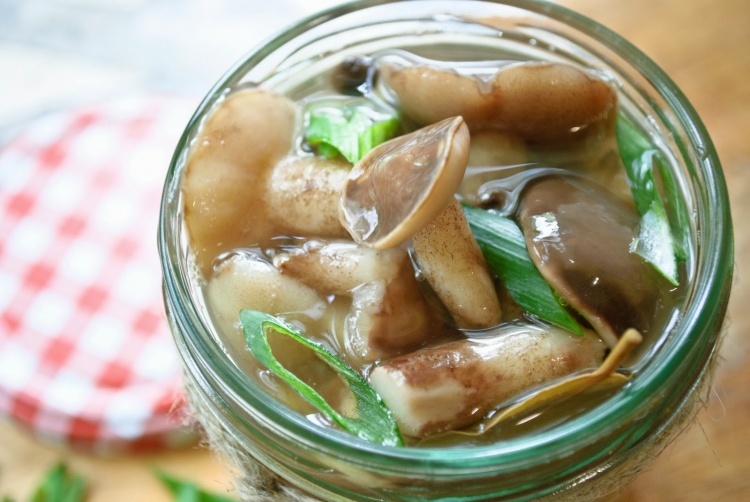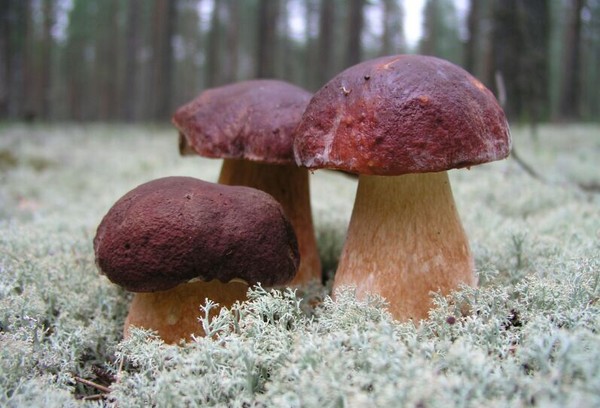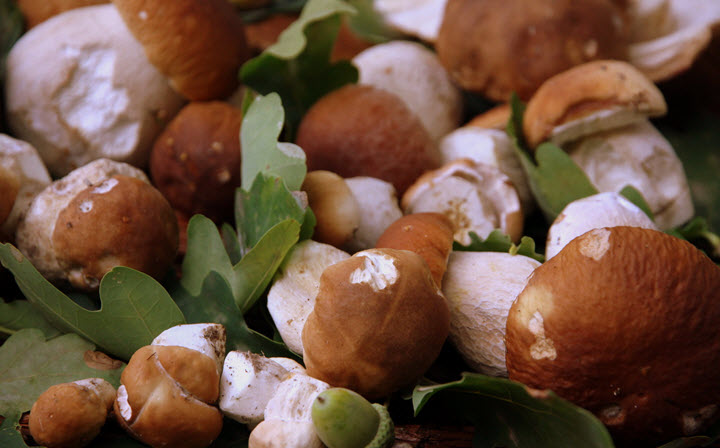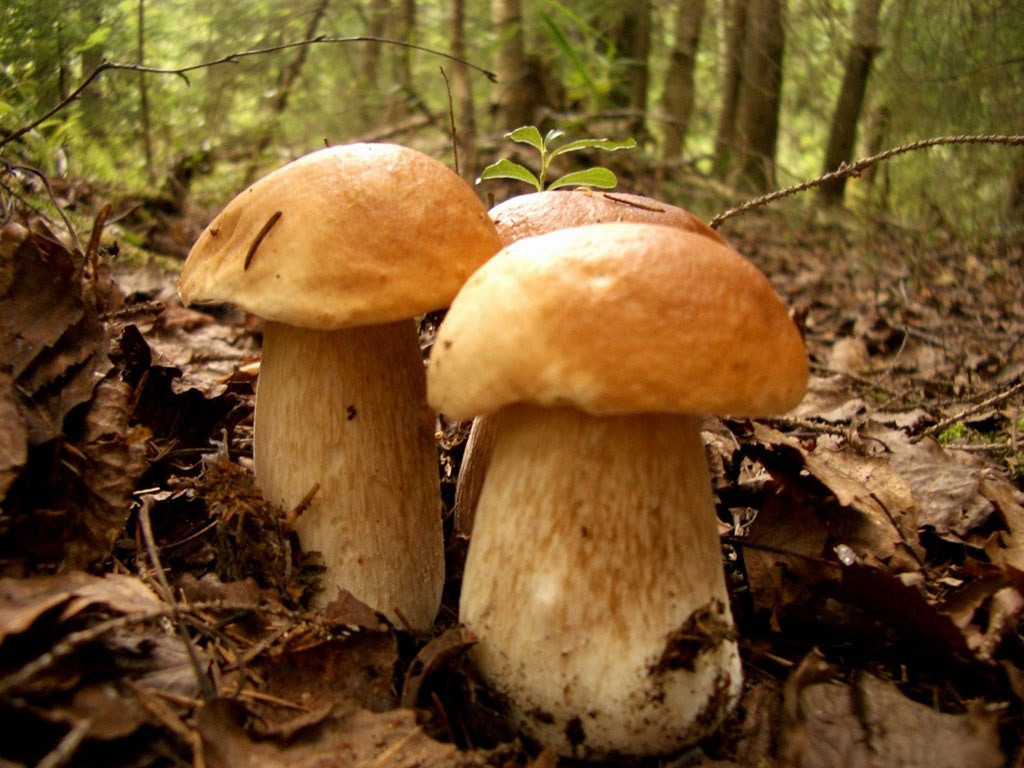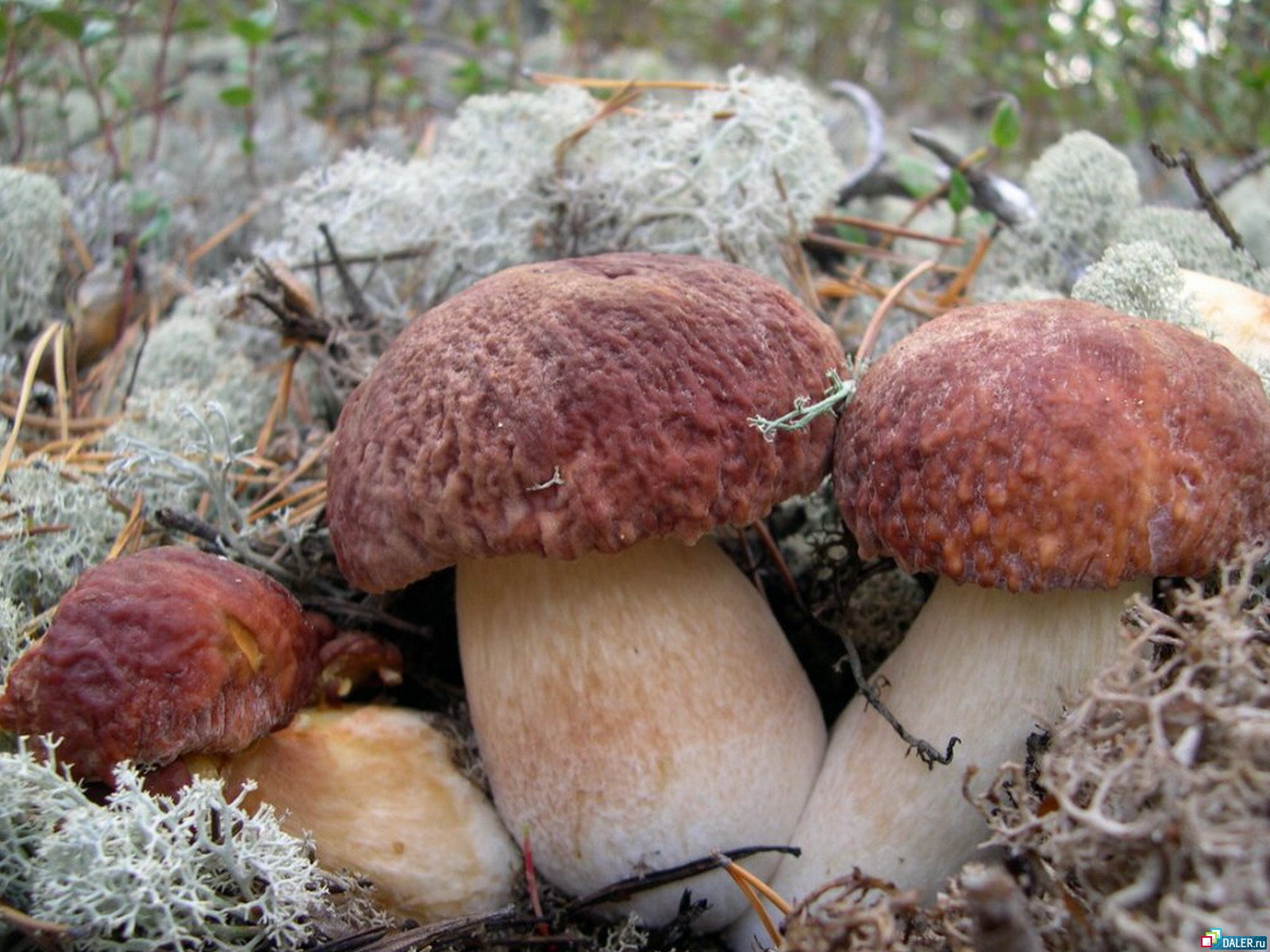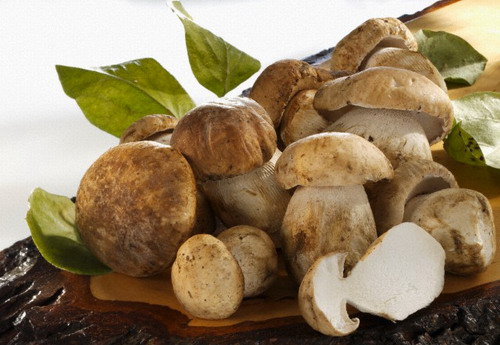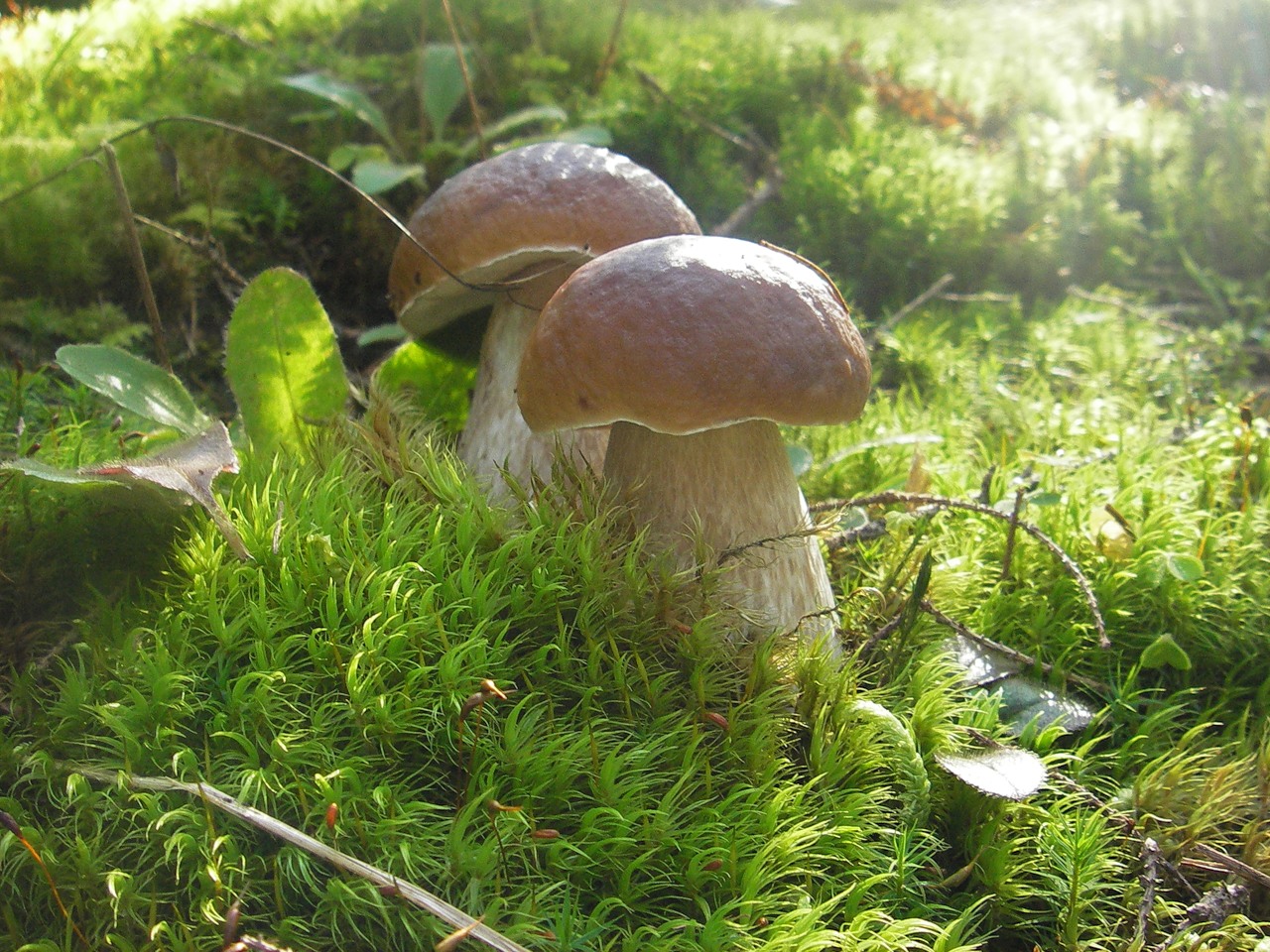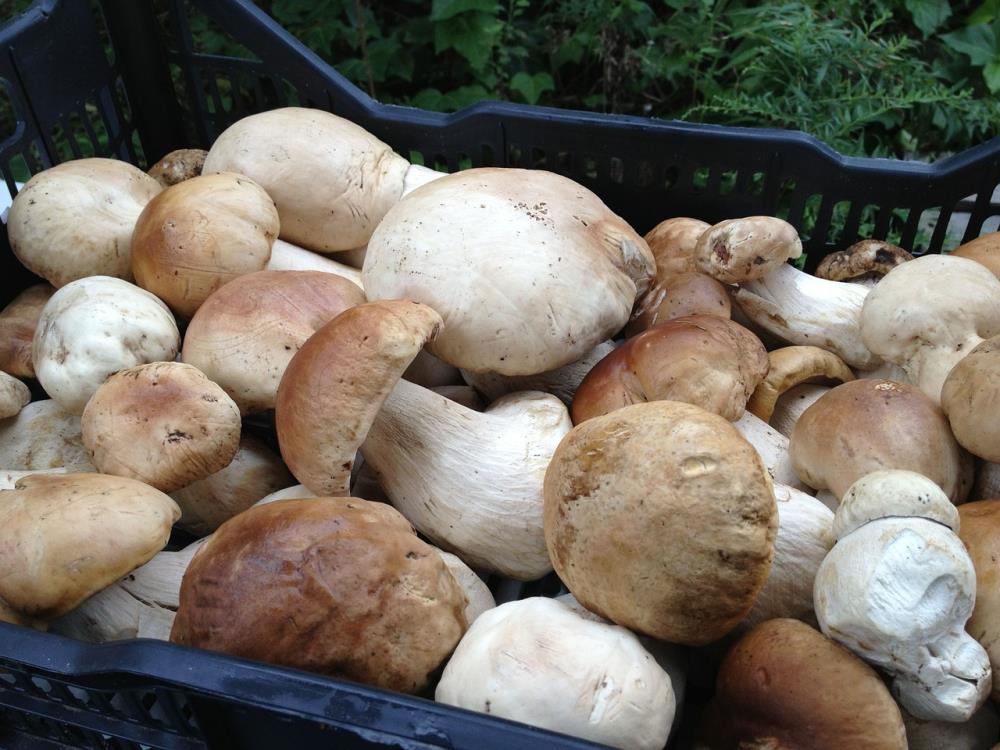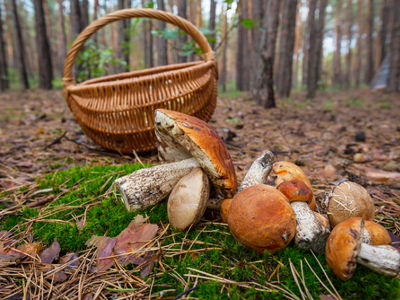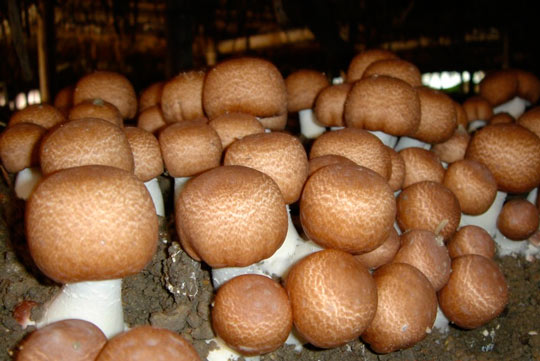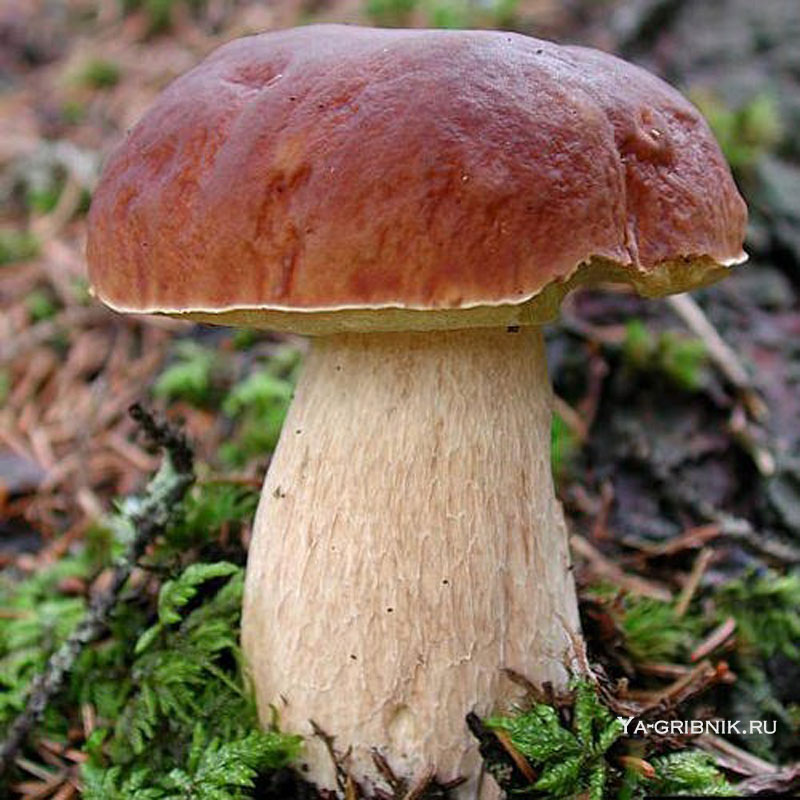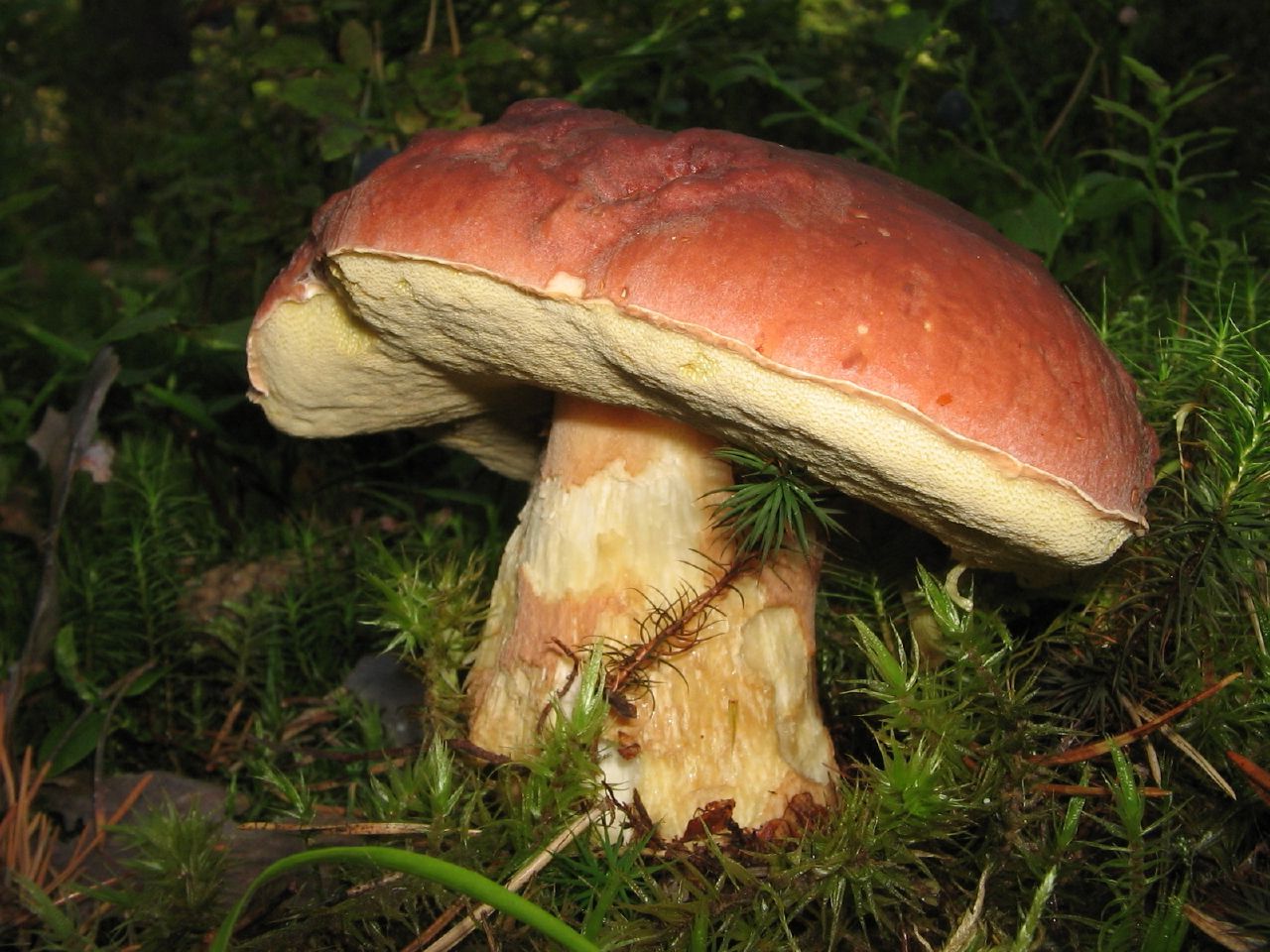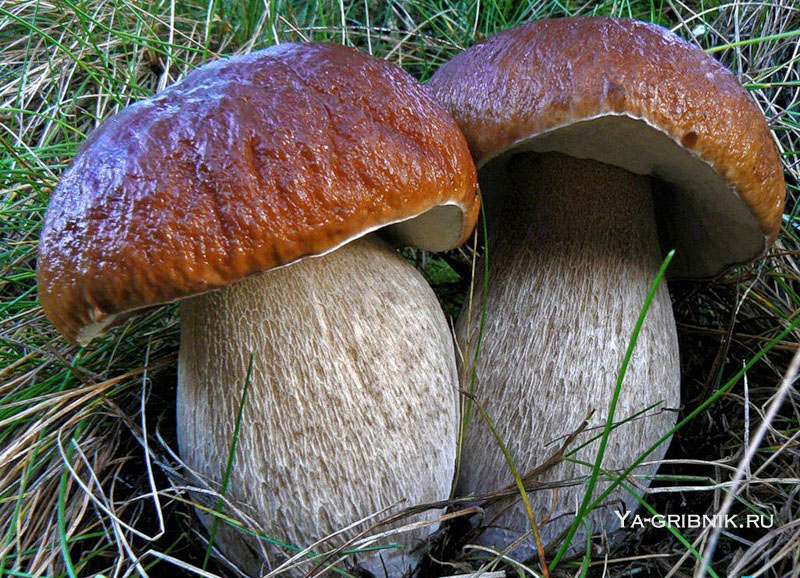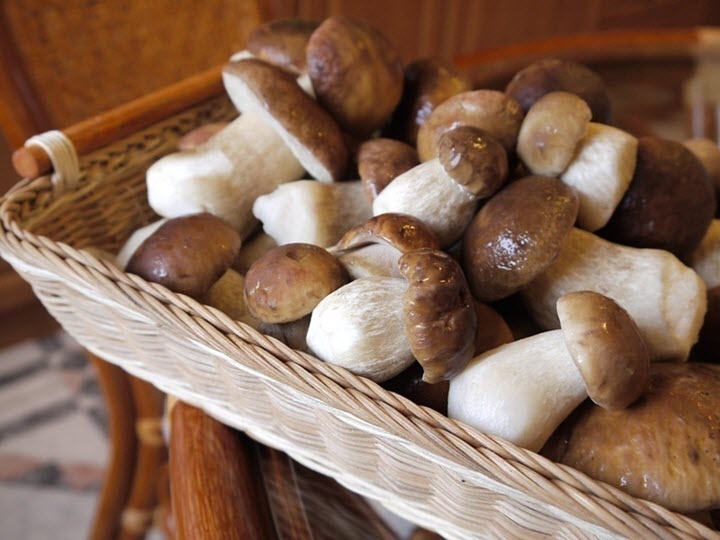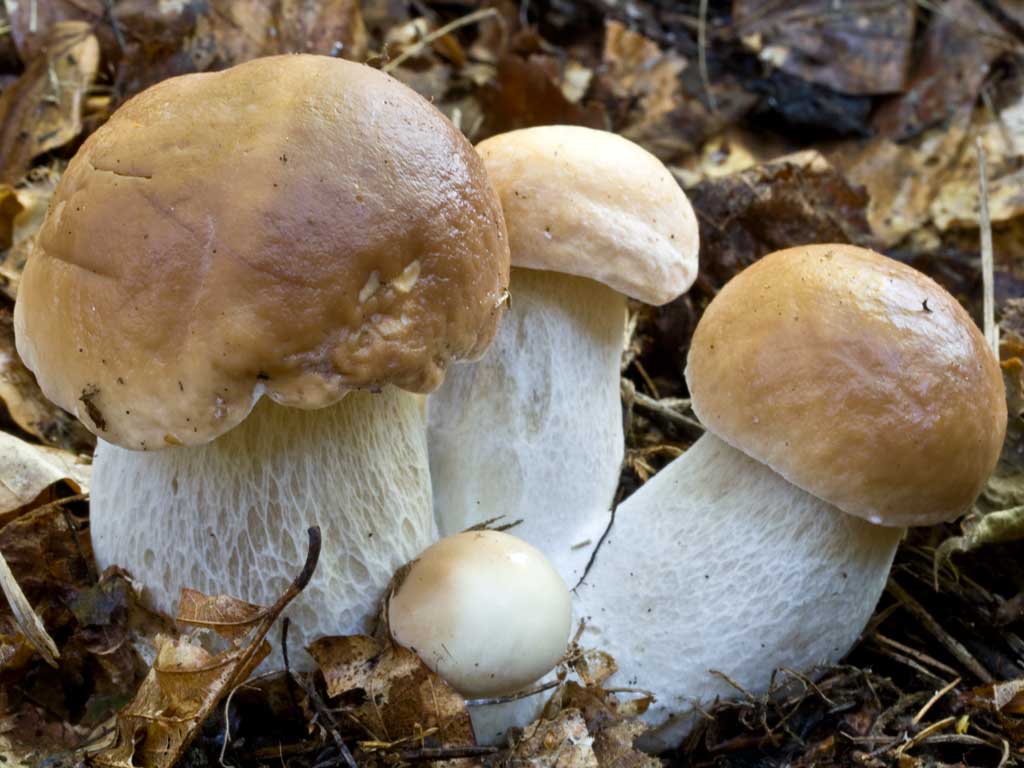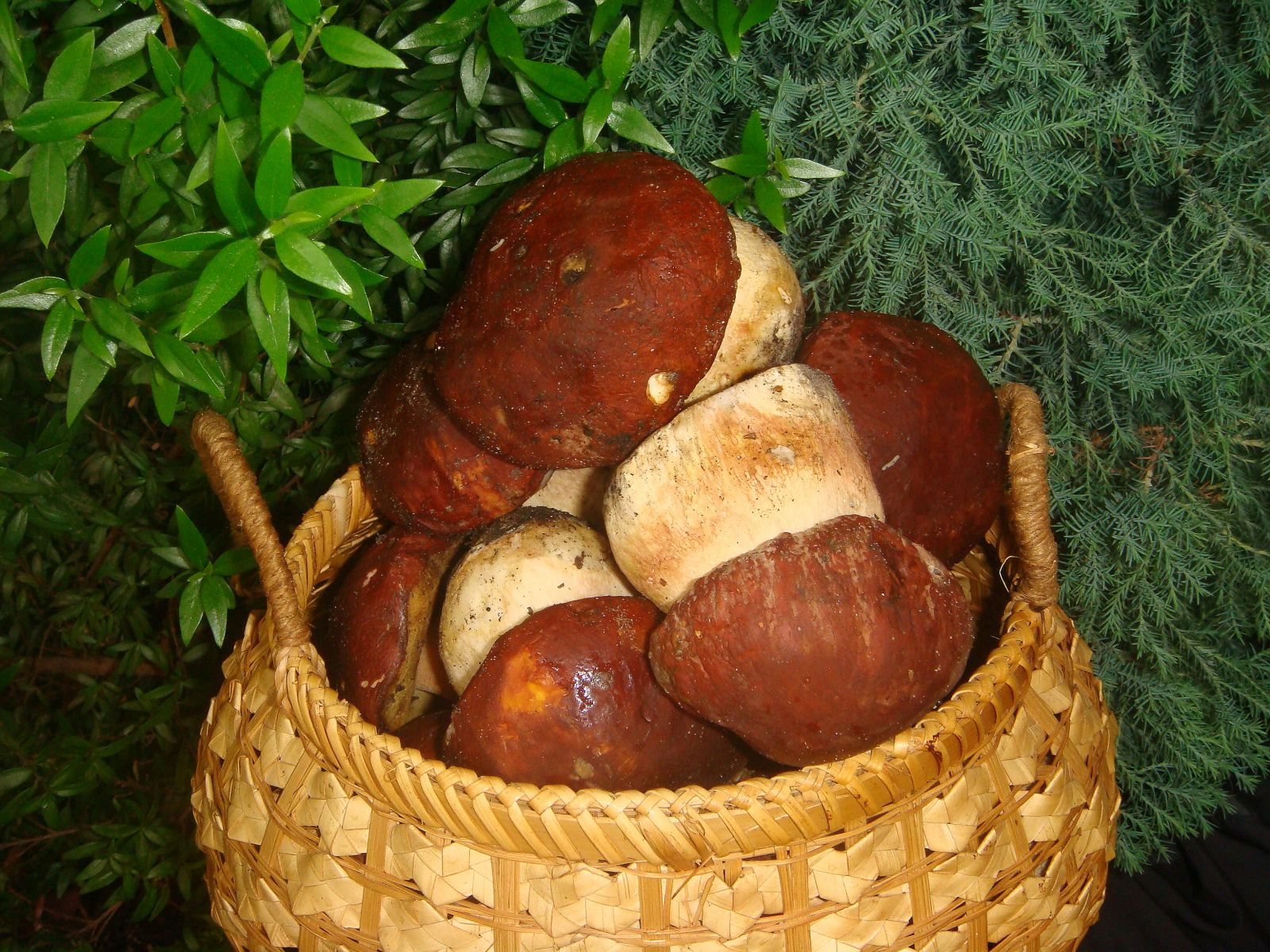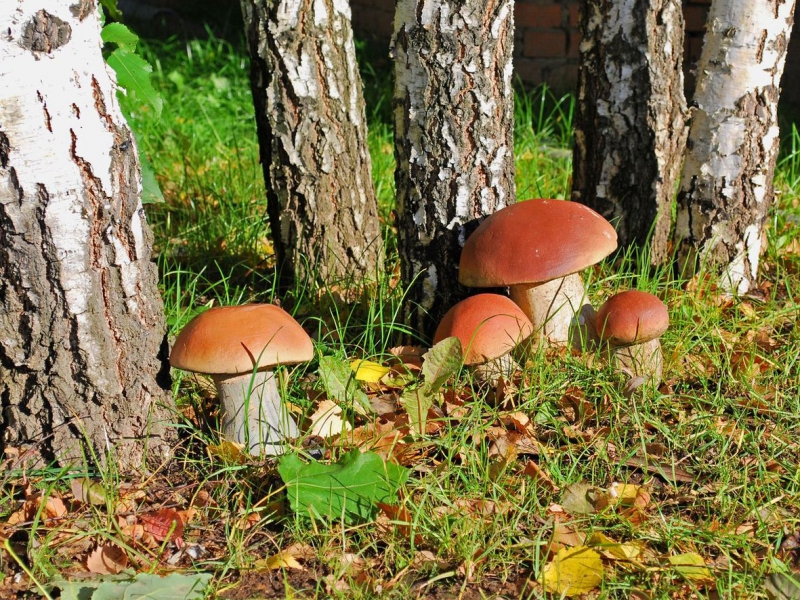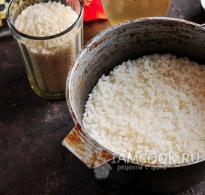Types of porcini mushrooms: where to grow and when to collect them. Mushroom picking. Time and place for collecting mushrooms. Rules for collecting mushrooms. Mushroom season
Mushroom picking has long been popularly called mushroom hunting or silent hunting. And this is not at all surprising, because to find healthy mushroom– large, fresh, strong – you still have to be able to do it. In a quiet hunt, not only information about edible/poisonous mushrooms is important, but also knowledge about the rules of collection. There are plenty of tricks in a quiet hunt!
The mushroom picker's shoes and clothing should in no way restrict movement, since mushroom picking involves constant moving from place to place. Due to incorrectly selected shoes, your feet can suffer greatly: it is best to give preference to sports shoes or any worn-in shoes. To avoid chafing your feet, you should choose cotton or wool socks (depending on weather conditions). It would not be superfluous to provide additional protection from rain and wind. Mushroom hunting is often carried out in large forest areas. For such trips, it is advisable to have matches, a knife, a whistle, a compass, paper and a pencil with you.
But special attention when collecting mushrooms, the forest itself requires. It is necessary not only to carefully search for the object of collection, but also to vigilantly monitor the surroundings and the road under your feet, as there is a risk of tripping over brushwood and roots overgrown with grass, falling into a hole, or getting caught on a sharp branch, because mushrooms grow in thick grass.
An indispensable companion for any mushroom picker will be a basket made of willow, bast or birch bark. Under no circumstances should they be replaced with a backpack, a plastic bag, a bucket or other container in which the mushrooms can become wrinkled - mushroom picking requires care. It is very important not to damage the integrity of the mycelium, so the collection object is cut with a knife so that the lower end of the leg remains in the ground, which is subsequently sprinkled with earth and compacted. This will prevent you from losing yield in the next mushroom season.
Mushroom picking time
You need to start picking mushrooms early in the morning in order to catch them before they heat up under the sun. This will allow them to be stored longer long time. If mushrooms heated by the sun are spread over the surface in a thick layer, they will quickly deteriorate - they will become covered with mucus and begin to emit an unpleasant odor.
It is a mistake to assume that mushrooms grow in the forest only in autumn. Already from mid-May you can collect morels, in July - russula, and in early August - boletus, milk mushrooms, boletus and boletus. Beginning in September, boletus mushrooms, moss mushrooms and honey mushrooms appear. But a dry June foreshadows a mushroom-free July.
Mushroom season
All mushrooms grow in “layers” or “waves”. From mid-May, the first spring mushrooms of the year begin to appear. In July, in the last ten days, in the forests where birches are found, you can collect veils, which are well known as constant companions of porcini mushrooms; in small-leaved and relatively light-colored ones - pigs, in broad-leaved ones - pepper mushrooms and podgrudki. The harvest of porcini mushrooms in July is not rich, as their layer is waiting for its time.
During the summer in central Russia there are approximately three to four layers of mushrooms, with August being the main mushroom month. At this time, all July varieties begin to actively bear fruit, and in addition to them are added the most valuable, new ones - boletus, aspen boletus, saffron milk caps and boletus mushrooms. White wave- the first herald of the approaching autumn. Therefore, in part, September and August in general are the time when you can actively begin quiet hunting.
Mushroom picking places
The most mushroom places traditionally considered light deciduous groves- birch, aspen, etc. Porcini mushrooms can be found near anthills and fly agarics. It should also be remembered that in dry summers the mushroom grows as close to the trunk as possible, and in damp summers it grows away from it. Most of them grow to the north of the tree, to the west and east there are slightly fewer of them, and on the south side of the trunk they are generally extremely rare.
Rules for collecting mushrooms
When picking mushrooms, you need to remember that excessive caution will not hurt in this matter. You should not take an unknown mushroom or try a well-known one. Based on the same precaution, it is best to give preference to a young harvest, since the old one tends to accumulate toxic substances: pickling, salting and drying require exclusively whole and strong mushrooms.
For greater convenience, the search can be carried out using a stick, reaching a length of about 1 meter, with a spear located at the end. Mushrooms, especially tubular ones, are placed in a basket so that their caps face up, and small mushrooms They are left whole, and the cap of large ones is cut off and placed next to the stem.
Once a mushroom is found, it must be cleared of debris and soil - this will make working at home much easier. In the forest you need to behave calmly and not rush from tree to tree: quiet hunting requires special concentration, attention and patience. Often Where one mushroom grows, many others can be found. But don't forget about the danger poisonous mushrooms.
Collected mushrooms should not be stored for too long (more than 2-3 hours). This is due to the increased moisture content (about 89-92 percent). The unprocessed harvest is stored in the refrigerator or cellar. If there are none, any cool place will do.
Most mushrooms, including russula and lamellar mushrooms, must be cut off only with the stem. This is done in order to make sure that there is no special membranous ring, which is characteristic of some poisonous mushrooms that are similar in appearance to russula - for example, toadstool, which is considered the most dangerous. One fourth of her hat is enough to kill her from poisoning.
Mushrooms such as conditionally edible ones are placed in a large container before pickling. enamel pan and fill with cool water. The latter helps remove milky juice and bitterness from the fruit. Aluminum and galvanized utensils should never come into contact with mushrooms. Immediately after delivery from the forest, the mushrooms must be sorted. If this is not possible, then they are doused with salted boiling water. This prolongs their life by a day.
Art history lesson
My son loves to draw. He draws with great pleasure, using paints, pencils, and felt-tip pens. When we sent him to art school, we realized that we had taken the right step. My son rushes there with great desire...
It is hardly possible to answer exactly when they appear, since it depends on the place of collection. So middle lane Russia or Ukraine can boast of the first boletus mushrooms in June, and with an early favorable spring, even at the end of May. But in more western regions, whites are unlikely to appear until the end of June.
There are certain folk signs, by which you can navigate: porcini mushrooms appear when oak leaves begin to turn pink and when rye begins to spike.
What determines the appearance of the first porcini mushrooms?
The mycelium of the fungus begins to grow in spring and ends growth in late autumn. For growth, several conditions are necessary: a certain temperature, moisture and a constant flow of air. The mycelium penetrates the soil by 10-12 cm. During unfavorable conditions (frost, drought, excessive moisture or soil compaction), it develops weakly, but increases its resistance, which may affect growth results in subsequent years.
In addition, the chemical transformations of the resulting nutrients can only occur at a certain temperature. Therefore, it is clear that the development and growth of fungi requires heat and moisture, and in certain quantities. The humidity of the air passing through the ground layers is very important. It should be above 50-60%. But often there is a situation where fungal growth stops during sudden droughts, even after long rains, when soil moisture is quite normal. In such cases, moisture evaporates through the body of the fungus - low air humidity leads to drying. Experienced mushroom pickers know that at such times, porcini mushrooms should be looked for under mosses or in the forest floor.
Temperature is the second factor after humidity that affects growth. The optimal temperature for the growth of porcini mushrooms is 18-27 °C. When raised to 30-35 °C, the growth of the fungus is inhibited. can actively bear fruit as many times as there is heavy rainfall.
It affects growth and light, but each type of white requires its own amount of light.
Cool and dry spring months are favorable for further growth of whites.
We must remember that the first harvests of porcini mushrooms are often of little value due to the high worminess - it is primarily from which insects choose to lay eggs, from which mushroom worms are obtained.
One of the indicators of the imminent appearance of porcini mushrooms are fly agaric mushrooms. The growth of these mushrooms becomes a sure sign of the growth of boletus mushrooms. The fact is that whites do not grow very quickly: the period during which a small embryo grows into good mushroom- 6-7 days. This is a little slower than fly agarics, so by the growth of the poisonous mushroom you can determine the time of appearance of edible mushrooms.
A few more popular observations:
in the hot June the white ones will never appear;
one of the signs of the appearance of mushrooms is the first summer fog;
maturation forest berries: strawberries, blueberries, raspberries, speaks of the offensive.
But let us repeat once again that it is impossible to give accurate and permanent recommendations, since the weather makes its own adjustments every year.
Records of precocity of porcini mushrooms:
the earliest white mushroom was found in Germany on May 3;
in the Ciscarpathian region the first discovery of boletus was noted on May 7;
On May 9, the first white one was found near Kyiv.
Universally recognized as the king of mushrooms, the white one will win the heart of any forager. In addition to excellent taste qualities, boletus mushrooms have and medicinal properties. The article is devoted to recommendations regarding places, timing and features of collecting porcini mushrooms.
Before going into the forest quiet hunt, you need to arm yourself with information regarding when the period of active growth of boletus mushrooms begins - so luck will definitely be on your side. The mushroom season is a fickle thing and highly dependent on weather conditions. So, if the spring turns out to be rainy and quite hot, then the first boletus mushrooms will grow in May, since these mushrooms develop most successfully in warmth and moisture. As a rule, the start of hunting for whites occurs in June, and the peak is in the second half of August and the next month and a half.
In order for the mycelium to begin to bear fruit, it is necessary that the weather be rainy for two or three days. However, you should not rush into battle immediately after the rain - having appeared, the mushroom begins to develop and reaches maturity only after 6-7 days. Then you need to find a warm day and go hunting. It should be noted that in conditions of long-lasting summer heat, it is useless to look for whites in the forest. The next step to get what you want is knowledge of typical mushroom spots.
Where to look for porcini mushrooms in Russia
You can collect a whole basket of white ones only if you know the favorite places of boletus mushrooms. In Russia, this type of mushroom can be found both on the plains of the Central region, and in Siberia, the Far East, in old coniferous and birch groves. It should be taken into account that boletus is not found in the steppe and rarely grows in the tundra and forest-tundra, on peat and swampy soils. One of the destructive factors for whites is low daily temperatures, as well as their sharp changes.
Fertile soil for whites is loam, sandy loam, sandy soil. White ones can most likely be found either on the edges covered with moss or lichen, or under birch, fir, pine, spruce, and oak. Depending on climatic conditions, mushrooms can change their location - in hot weather they hide in the shade of trees, and in the fall they grow in more open places, where they receive more heat from the sun. Favorite areas of boletus are edges, hillocks, dried streams, clearings and drags.
If you are lucky enough to stumble upon a good white, do not rush to go far from this place. The fact is that whites usually grow in families - about one tree you can collect from 20 to 40 pieces!
Gallery: porcini mushrooms (25 photos)
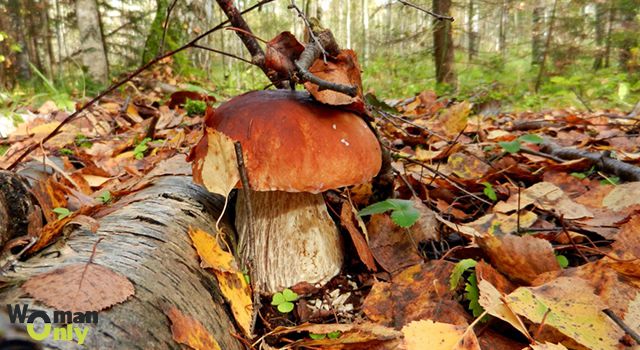
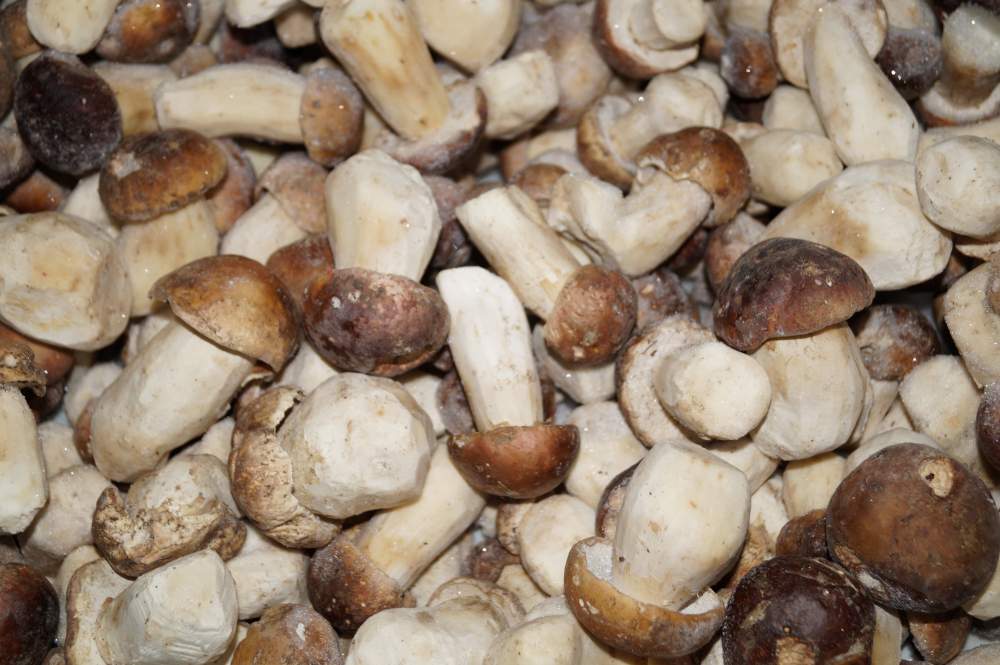
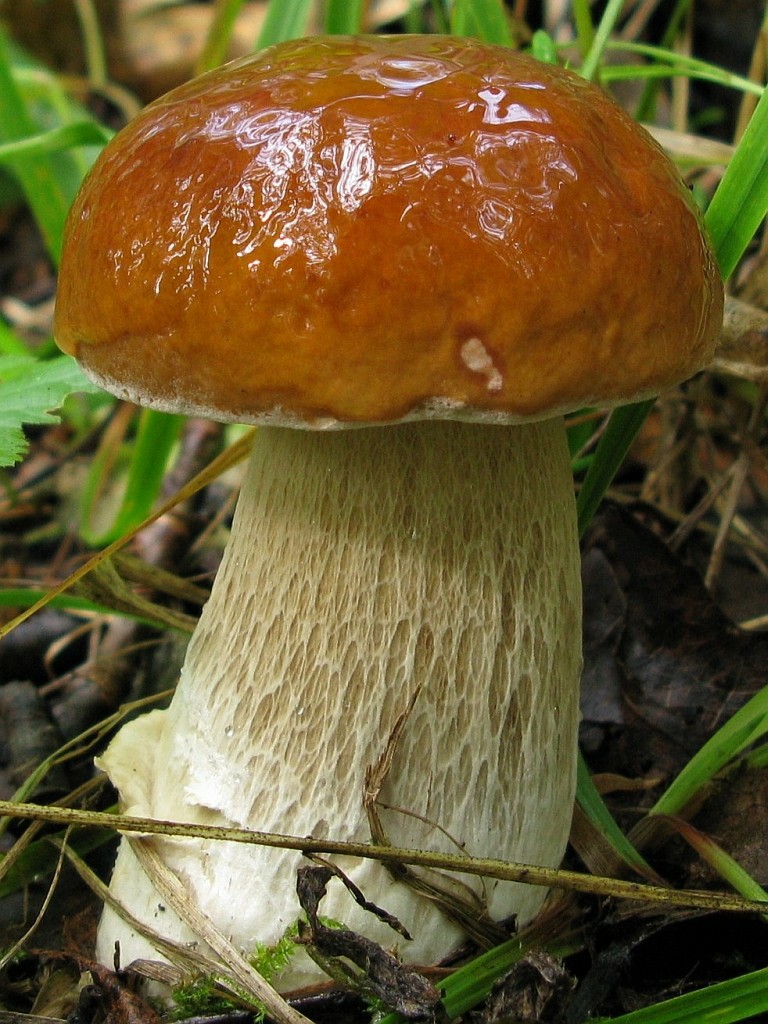
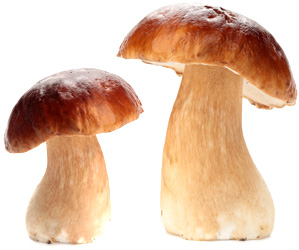
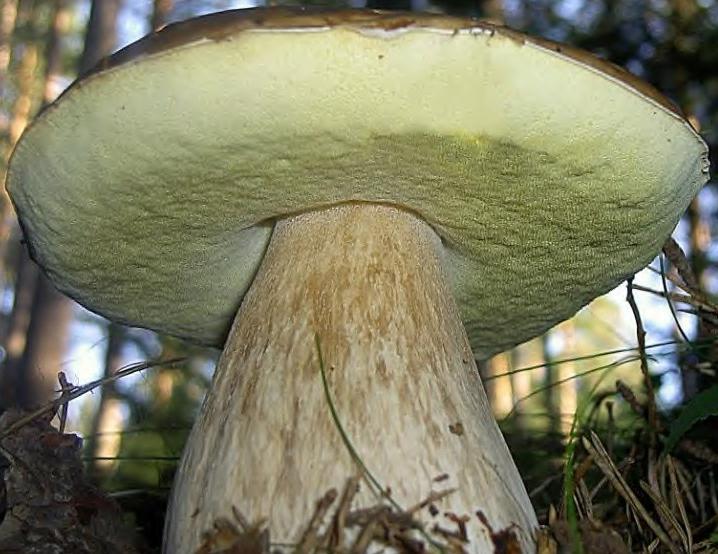
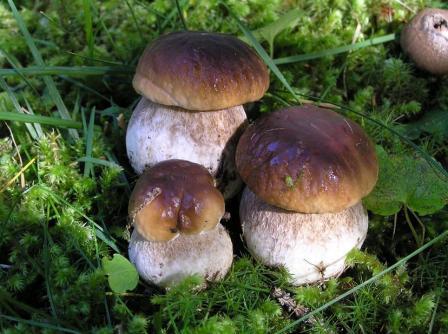
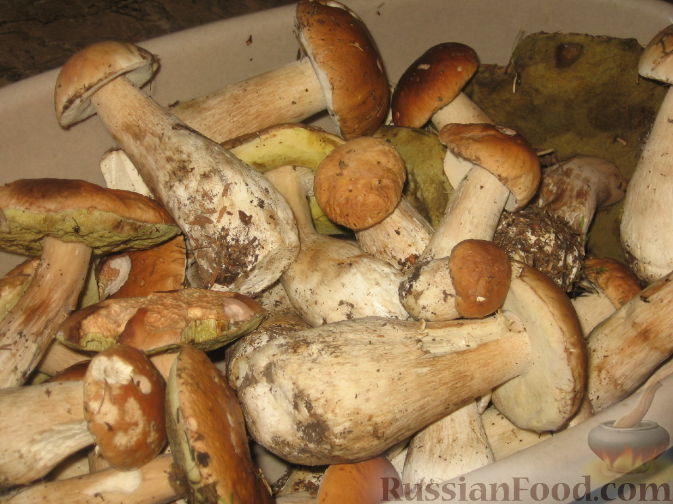
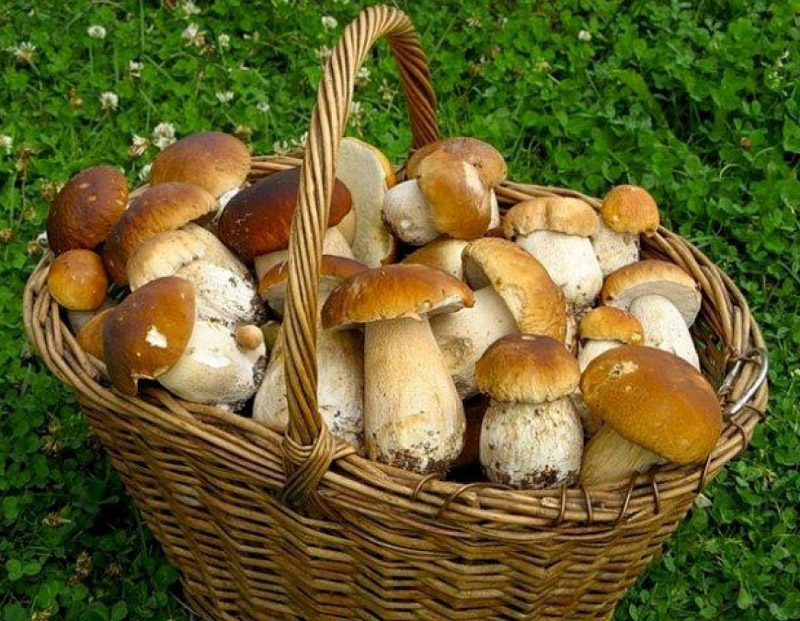
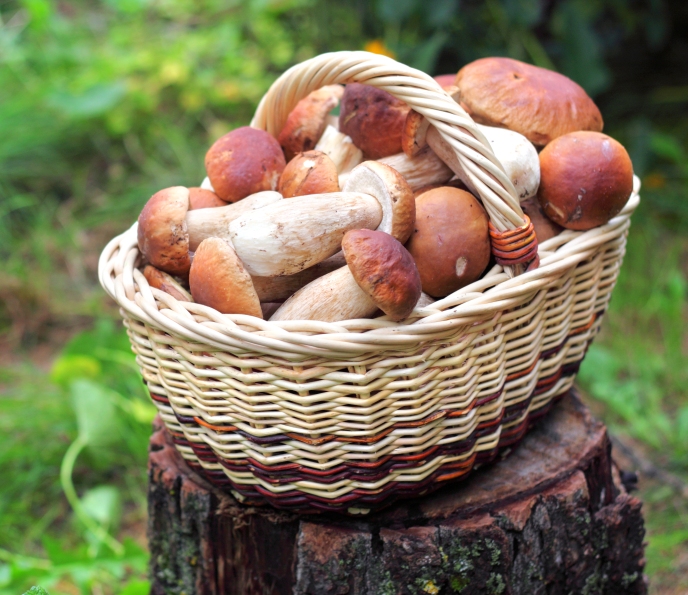
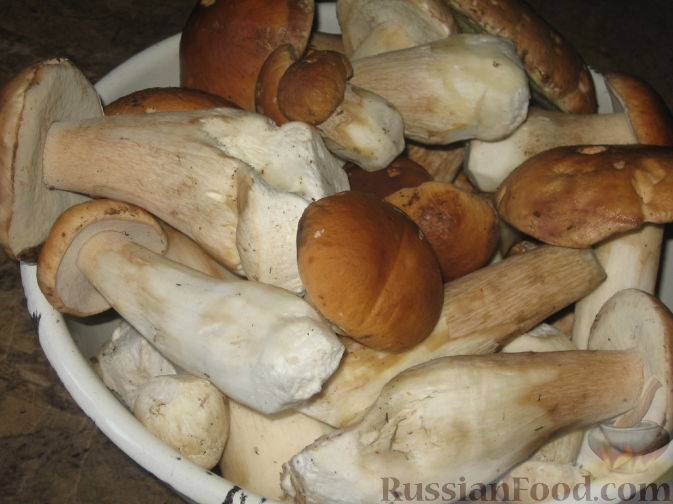
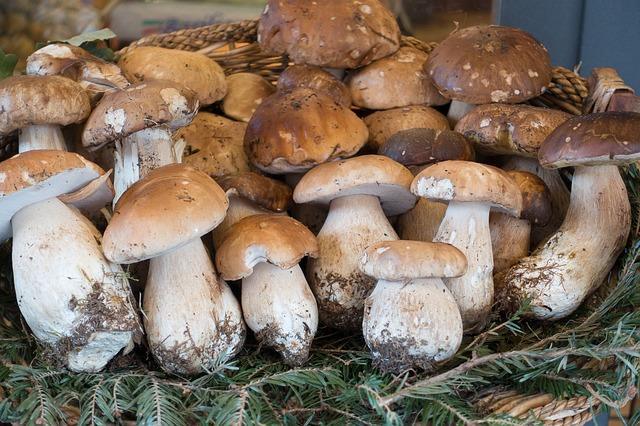
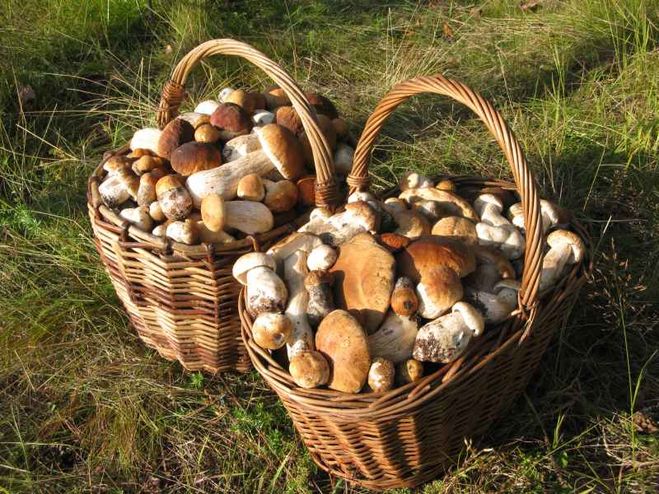
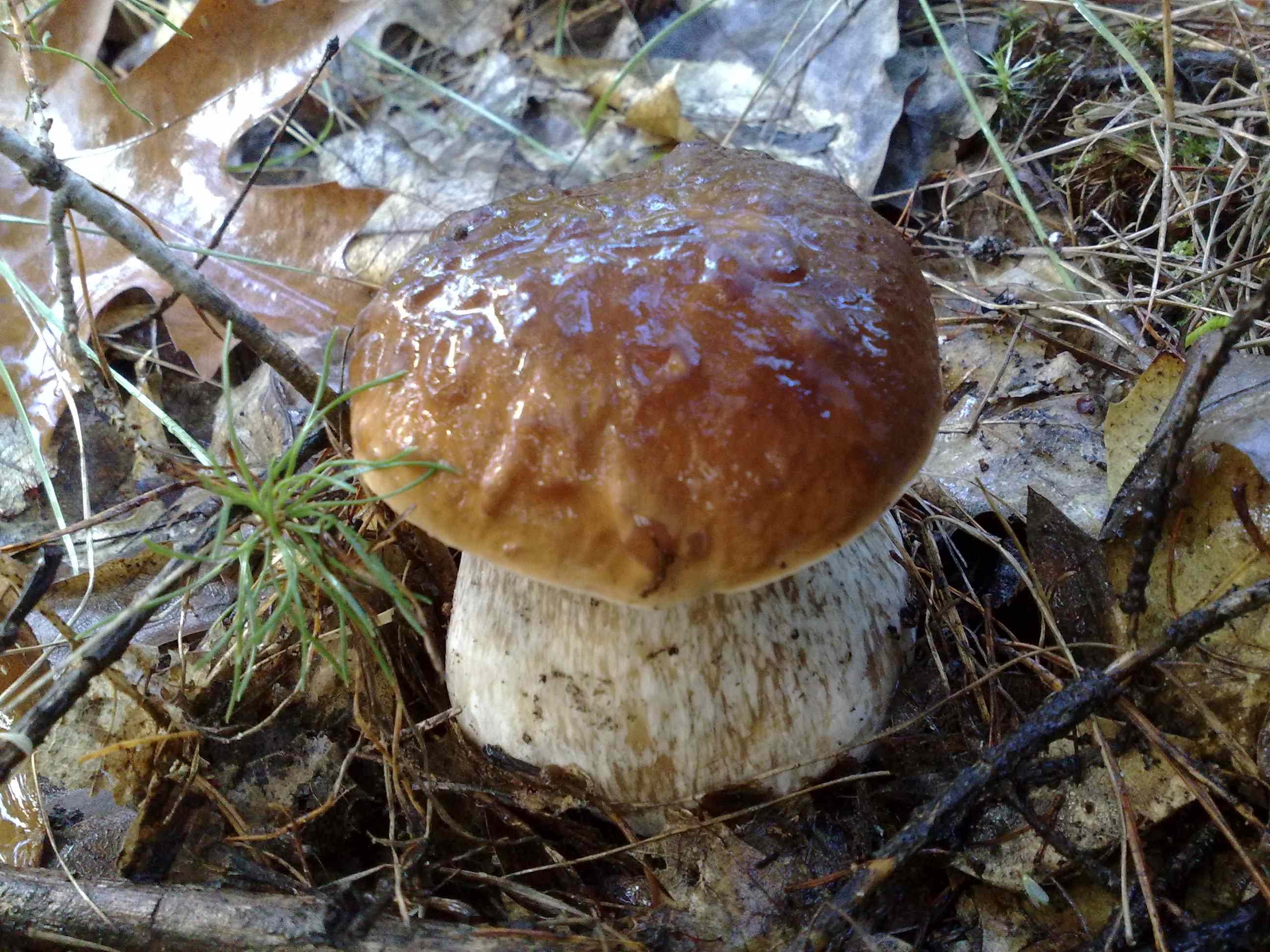
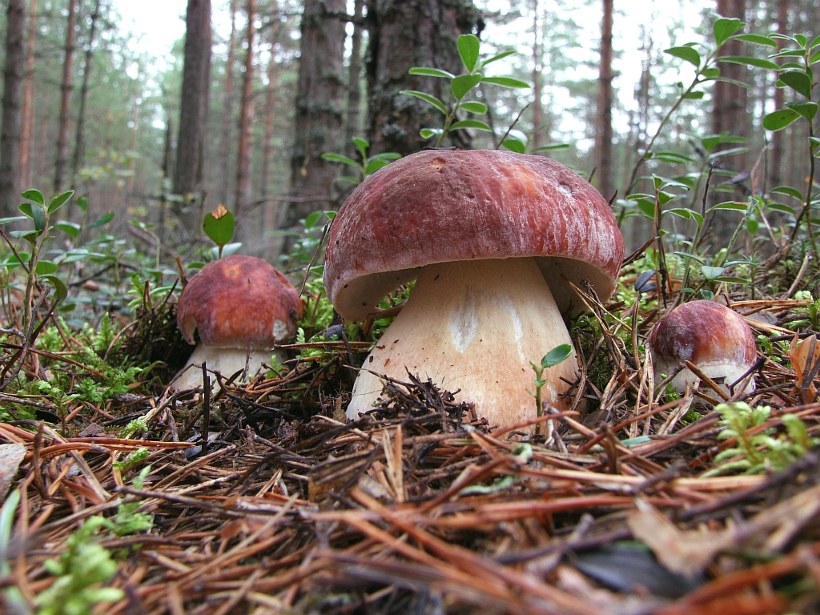
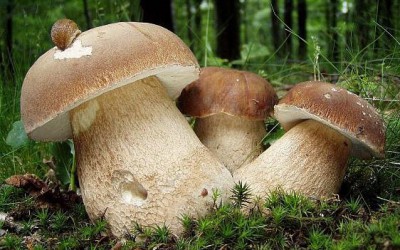
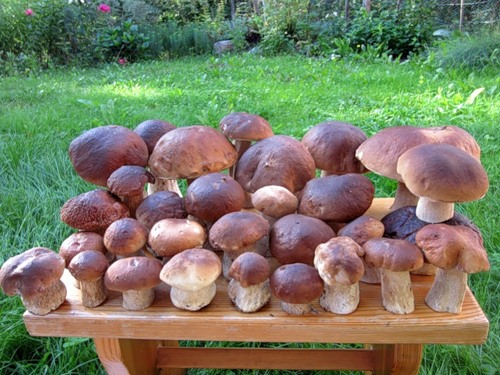
![]()
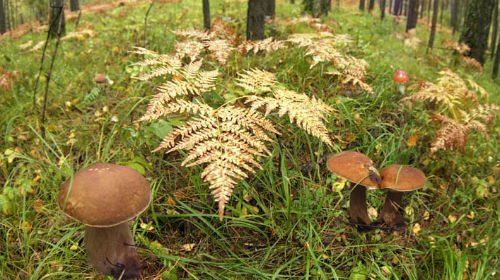
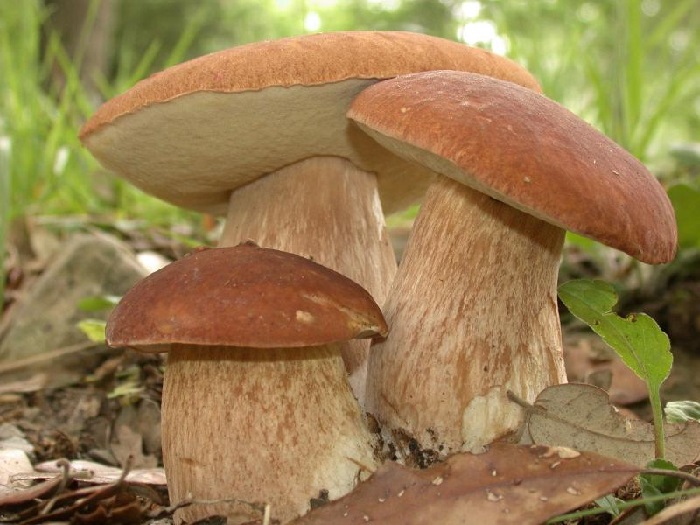
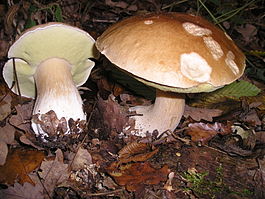
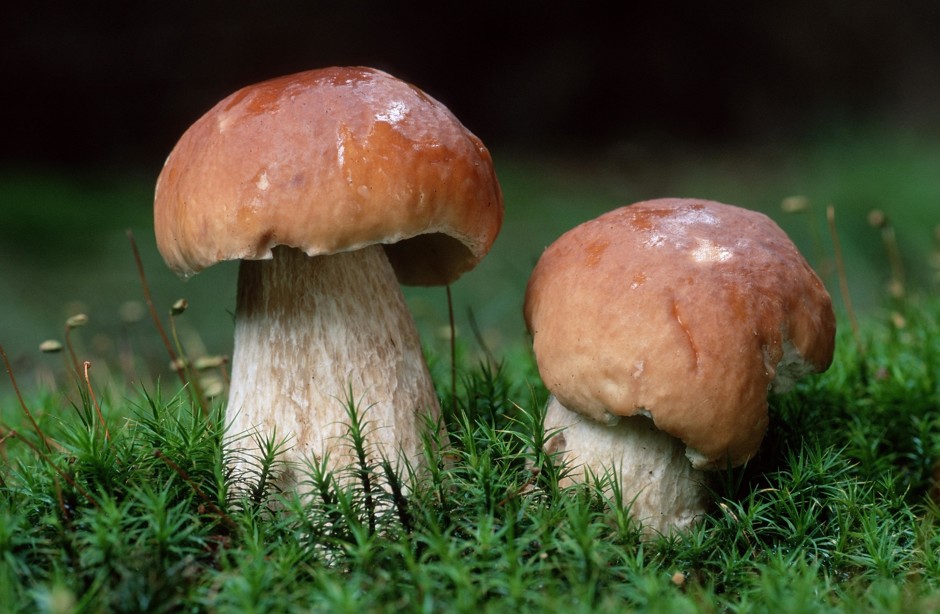
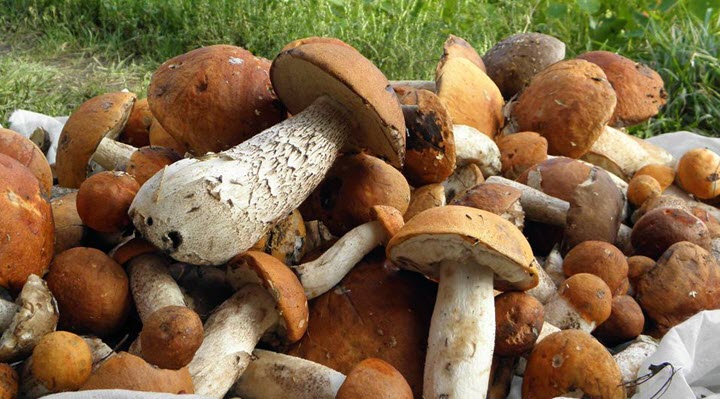
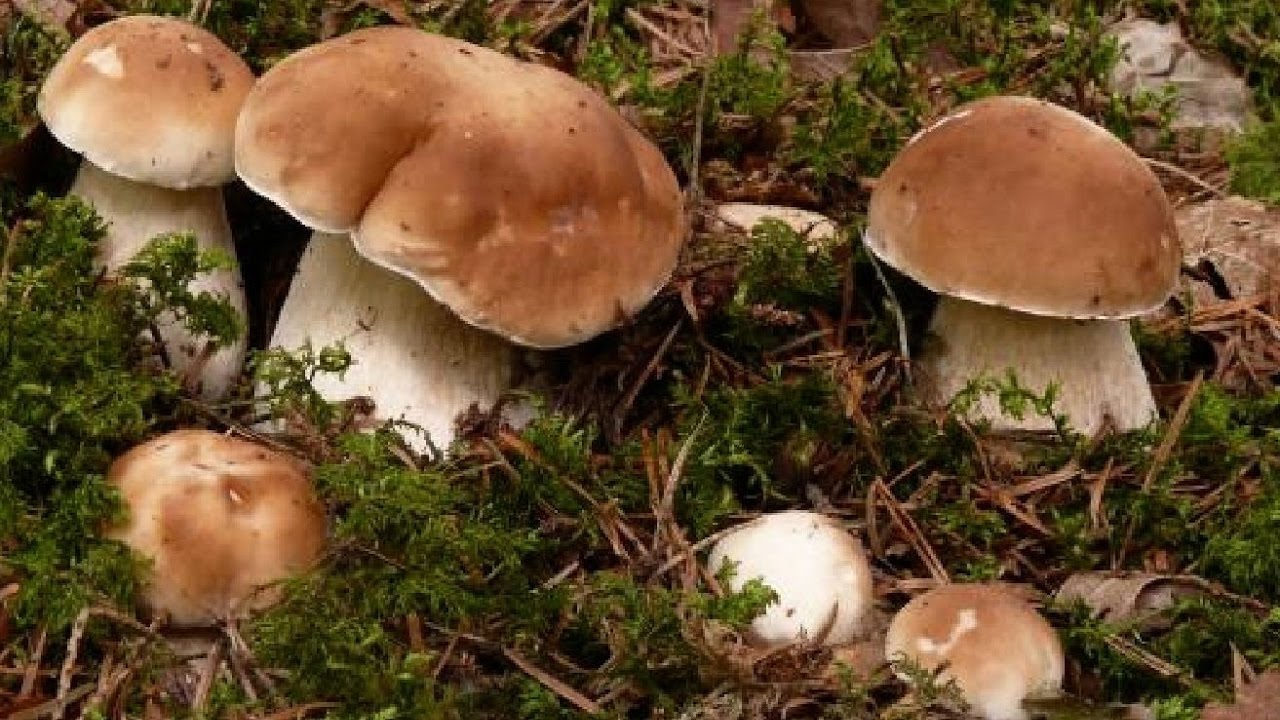
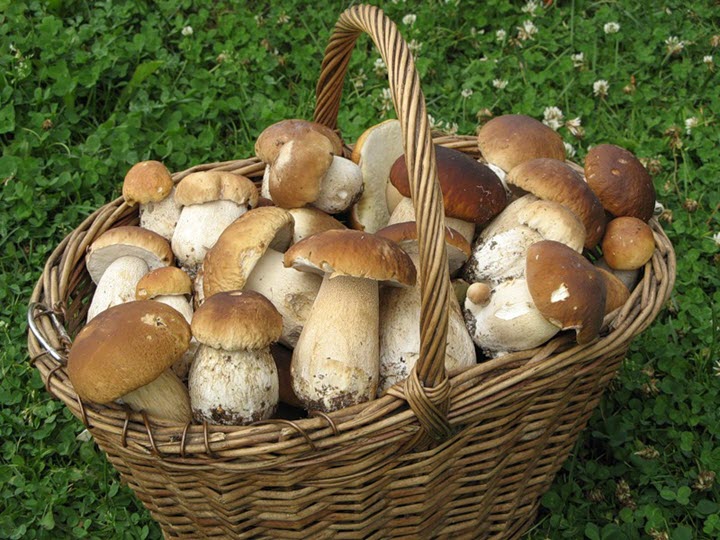
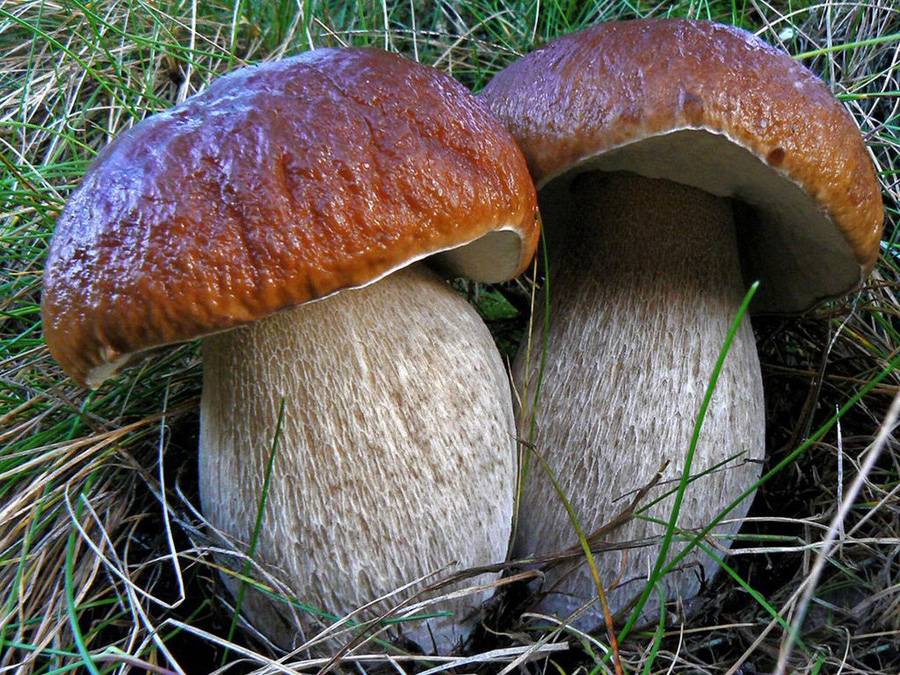
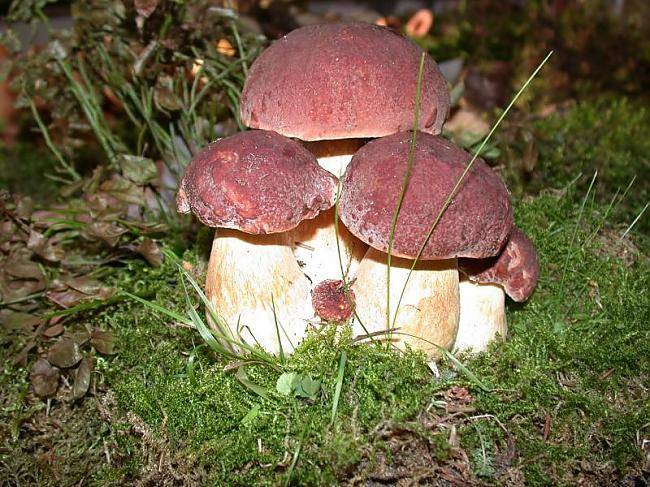
What does a porcini mushroom look like (video)
Features and time of collecting porcini mushrooms in the taiga
In terms of collecting nature's gifts, the taiga forests of Siberia are somewhat different from the central region. Here, each season is conventionally divided into three periods, or layers: early (May), middle (July) and the last, most fertile (end of August - November).
In this case, you should adhere to the rule: the further the mushroom is from people, the less dangerous substances it has absorbed. Collecting white mushrooms near roads or factories is strictly not recommended - this will cause boletus mushrooms to do more harm than good.
If you decide to go after the whites in birch grove, then the search method will help you experienced mushroom pickers. The secret is in the smell: you need to strain your sense of smell when passing by mature birch trees. If you smell the aroma of a rotted, overripe mushroom, you need to find the source of the smell and start from the place where the old boletus is located. You may be lucky and there will be several young specimens nearby. This system works due to the symbiosis of flying insects and white insects, whose spores they unwittingly collect and transfer to the immediate surroundings. It should be noted that even if the hunt was not successful on one day, a few days after the rain new ones will still grow near the overripe white one - all you have to do is wait a little.
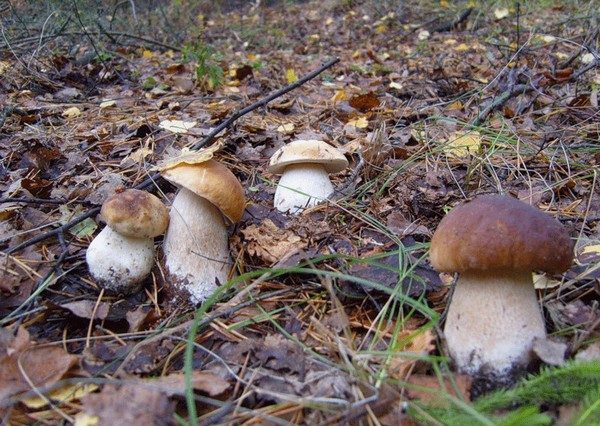
Fertile soil for whites - loam, sandy loam, sandy soil
Another recommendation is to carefully study the neighborhoods where whites grow up. Take note of what grass they like, what trees. For example, whites prefer soil with high content nitrogen, which is why they are often found near a plant called wild peas. The roots of this herb secrete nitrogenous substances. Armed with ideas about the “tastes” of boletus mushrooms, you will easily determine how much a particular place fits the description of a potential mushroom place.
Having come across a suitable tree and having studied the plants and soil around it, you need to do the following: walk a circle clockwise within a radius of 3 m from the trunk, then a circle counterclockwise at a distance of 6 m and, finally, a circle with a radius of 10 m clockwise. This scheme allows you to carefully examine the entire territory - otherwise you risk spending a lot of time and not collecting anything.
In addition to the above tips, it is recommended to look not only at the type of tree, but also at its size. Mushroom mycelium and birch form a symbiotic system, and the rhizome should have enough vitality to keep in touch. To determine how suitable a birch tree is for symbiosis, you should clasp its trunk with your hands - the tree must be old enough and strong enough.
Where and how to look for mushrooms (video)
When and where do porcini mushrooms grow in Germany?
Despite the fact that among the German-speaking population the culture of mushroom gathering is almost completely absent, it is still worth paying attention to this country. Mushroom pickers coming from Russia would love it here: there is almost no competition, laws restricting mushroom picking are also not in force everywhere, with the exception of Bavarian territory. Owners of private forests have the right to set the maximum volume of mushrooms allowed for collection, exceeding which is punishable by a fine.
Gribov different types, including boletus mushrooms, are quite numerous in Germany. The southern part of the country is covered with mixed forests, where you can see not only white mushrooms, but also many other mushrooms, and according to the map of the mycological community, there are three large mushroom regions in Germany. One of them is located on the country’s eastern border with Poland and the Czech Republic, the second is in the mountains of Bavaria, and the third is represented by the forested banks of the Moselle and the Rhine.
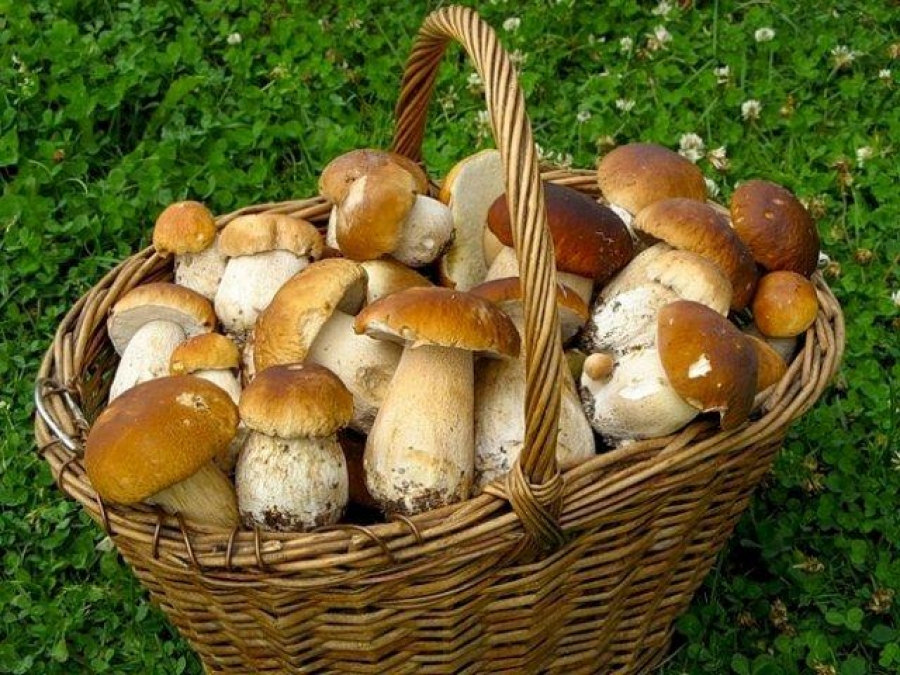
There are quite a lot of different types of mushrooms, including boletus, in Germany
Since Germany is located at approximately the same latitudes as the central part of Russia, the mushroom season is practically the same in terms of timing: white mushrooms appear from early summer until late autumn, the peak activity of gatherers occurs in the second half of August and the “green season” of September.
The only significant disadvantage of collecting mushrooms in Germany is the constant changes introduced by foresters, which can disrupt the mycelium. Gamekeepers are required by law to ensure that the forest does not pose any danger to visitors. For this reason, old and weak trees are disposed of and dry branches are cut down.
Despite the good environmental situation in Germany, you should not pick mushrooms along highways or in city parks.
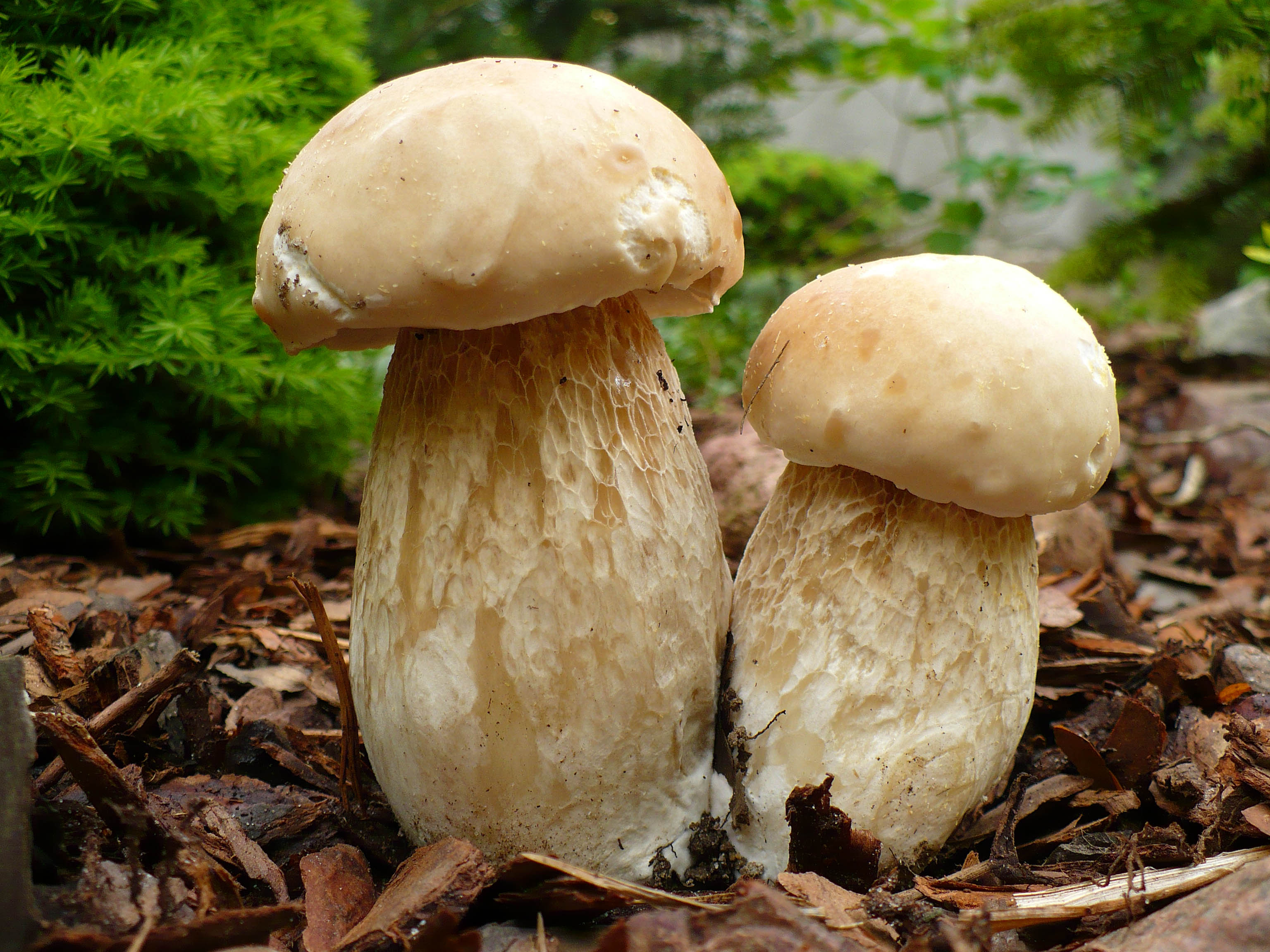
Ukrainian mountain forests are a real paradise for mushroom picking lovers
When and where are porcini mushrooms collected in Ukraine?
Ukrainian mountain forests are a real paradise for mushroom picking lovers. Among the particularly generous places for harvest, one can highlight first of all the Carpathians, then the Polesie region, Chernihiv forests, Cherkassy, Rivne and Kharkov regions, Volyn, as well as the region near Kiev. In some of them, porcini mushrooms are not just a fishery, but industrial production, so there are professionals working there who can find porcini mushrooms at any time of the year.
The farther the clearing is from populated areas and the more difficult it is to get to it, the more she promises porcini mushrooms. It is for this reason that there is something to profit from high in the Carpathians. The local foresters are so spoiled by the abundant growth of whites that they often do not pay attention to anything other than them. One of the most famous places is Lviv region. People come here not only for mushrooms, but also for a resort holiday.
You can also find porcini mushrooms in the Zhytomyr forests, but you should carefully monitor where exactly you are: it is better to stay as far as possible from the site of the Chernobyl tragedy.
How porcini mushrooms grow (video)
As for the timing of the appearance and collection of the “kings of the forest,” you can find a detailed calendar for mushroom pickers on the Internet. Usually the first white ones appear towards the end of June, grow well throughout the summer, and in August and the first week of September they can be found on almost all the mushroom-rich edges of the Carpathians. Boletus mushrooms grow actively until the first October frosts, so Ukrainian mushroom pickers have enough time to fully appreciate the gifts of nature.
Porcini mushrooms are the hallmark of the forests of the European part of Eurasia. Thanks to your useful qualities, these “kings of the forest” rightfully occupy first place among all other mushrooms. However, when going on a quiet hunt, you must always remember that the real porcini mushroom there is a poisonous twin - bitter gall mushroom. It can be distinguished by external signs. Be vigilant and may you have great luck!
Gallery: porcini mushrooms (51 photos)
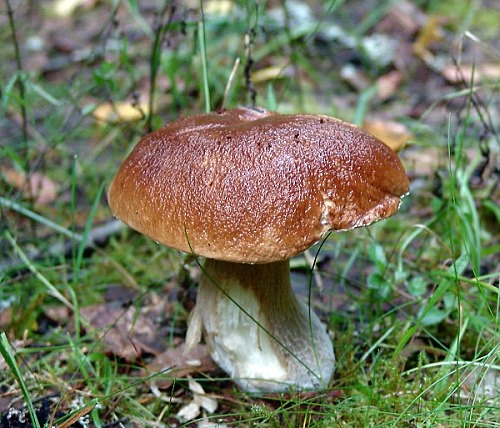
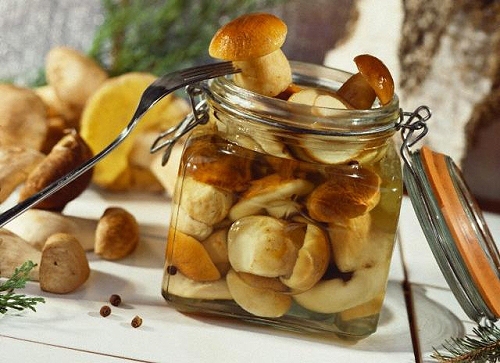
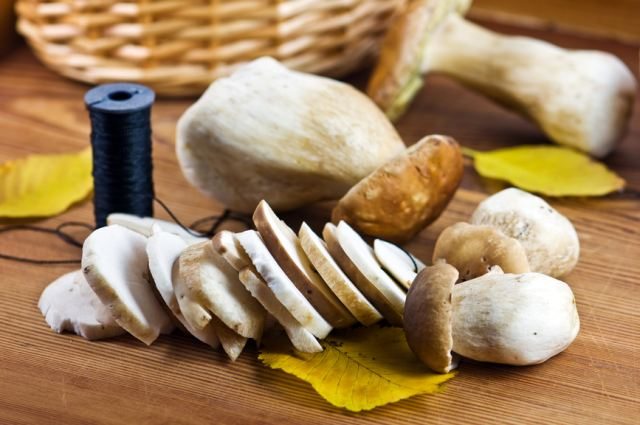
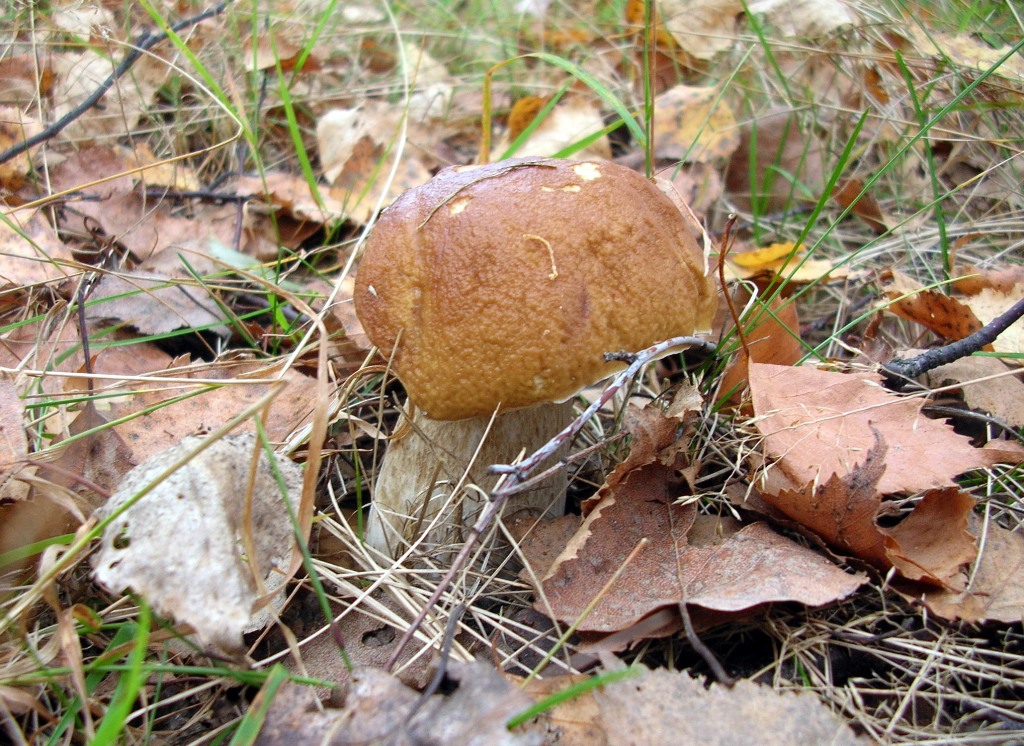
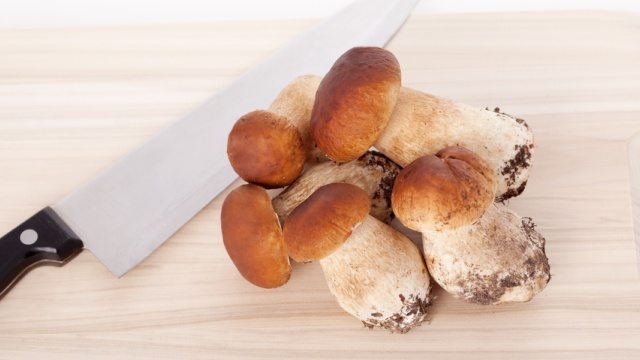
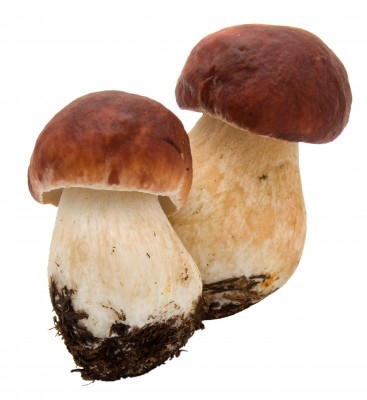
![]()
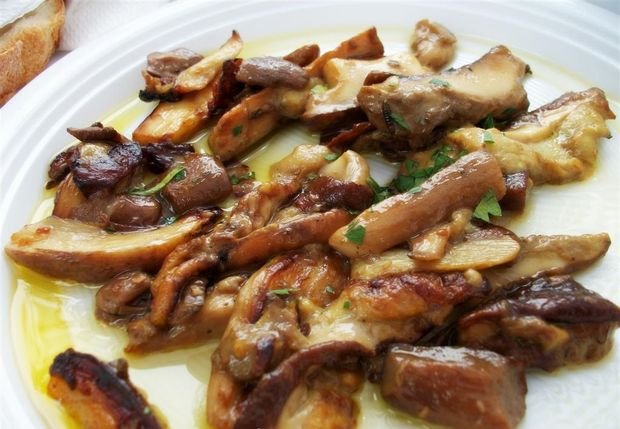
![]()
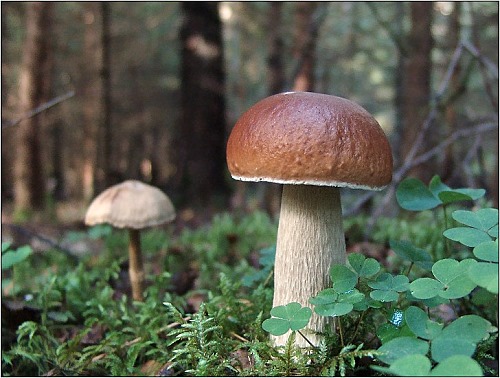
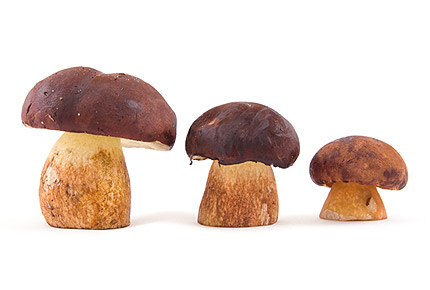
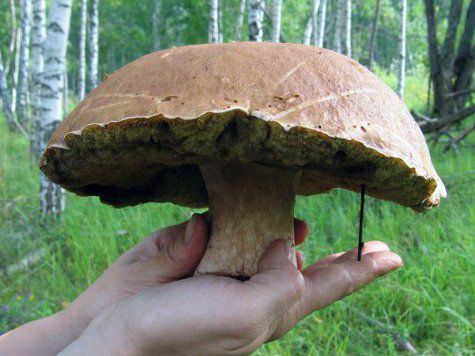
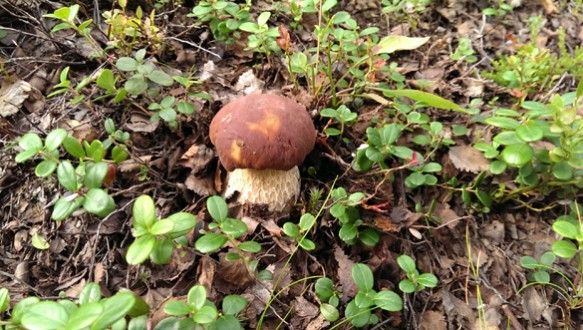
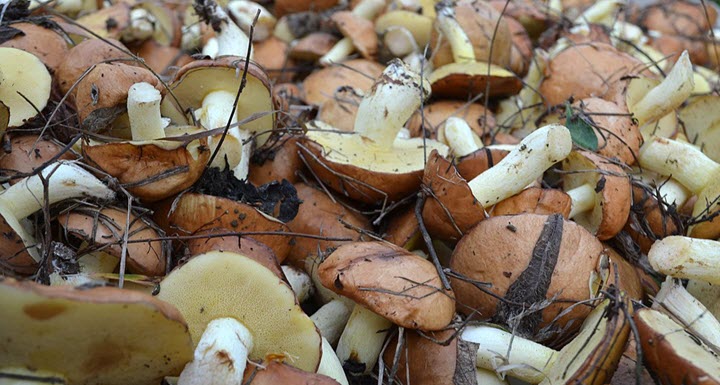
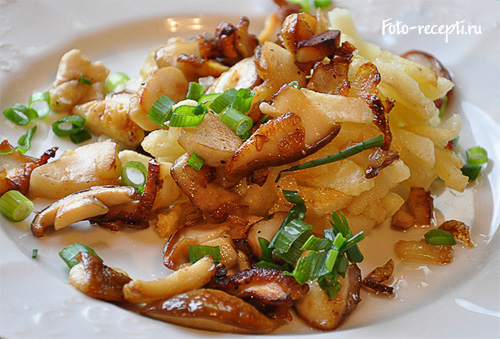
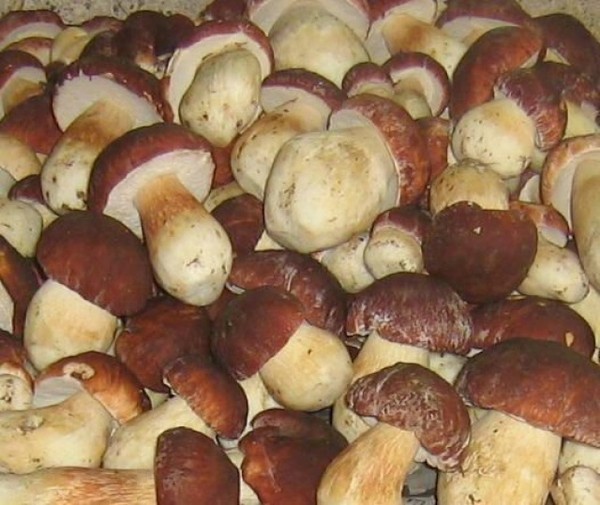

![]()
